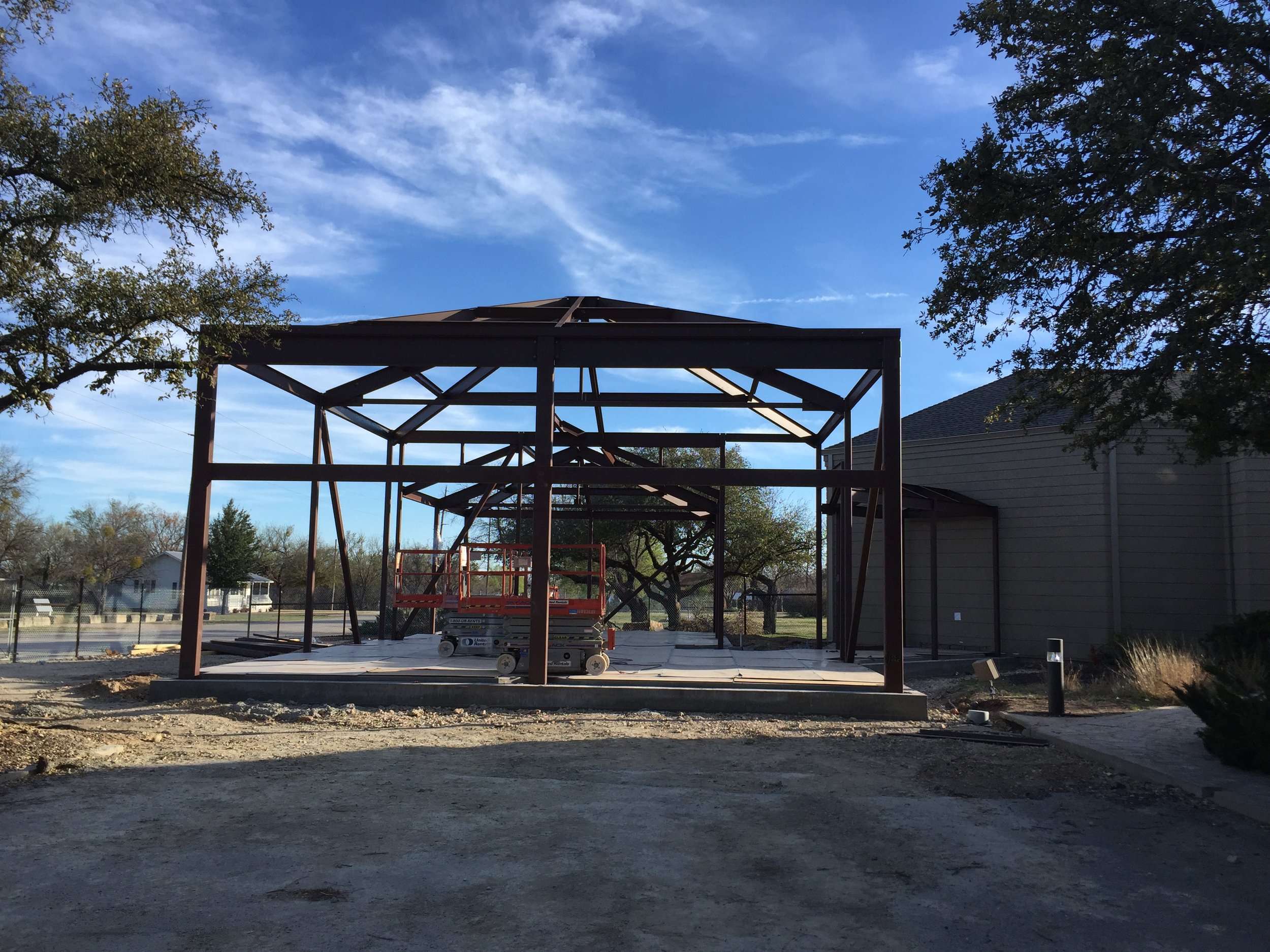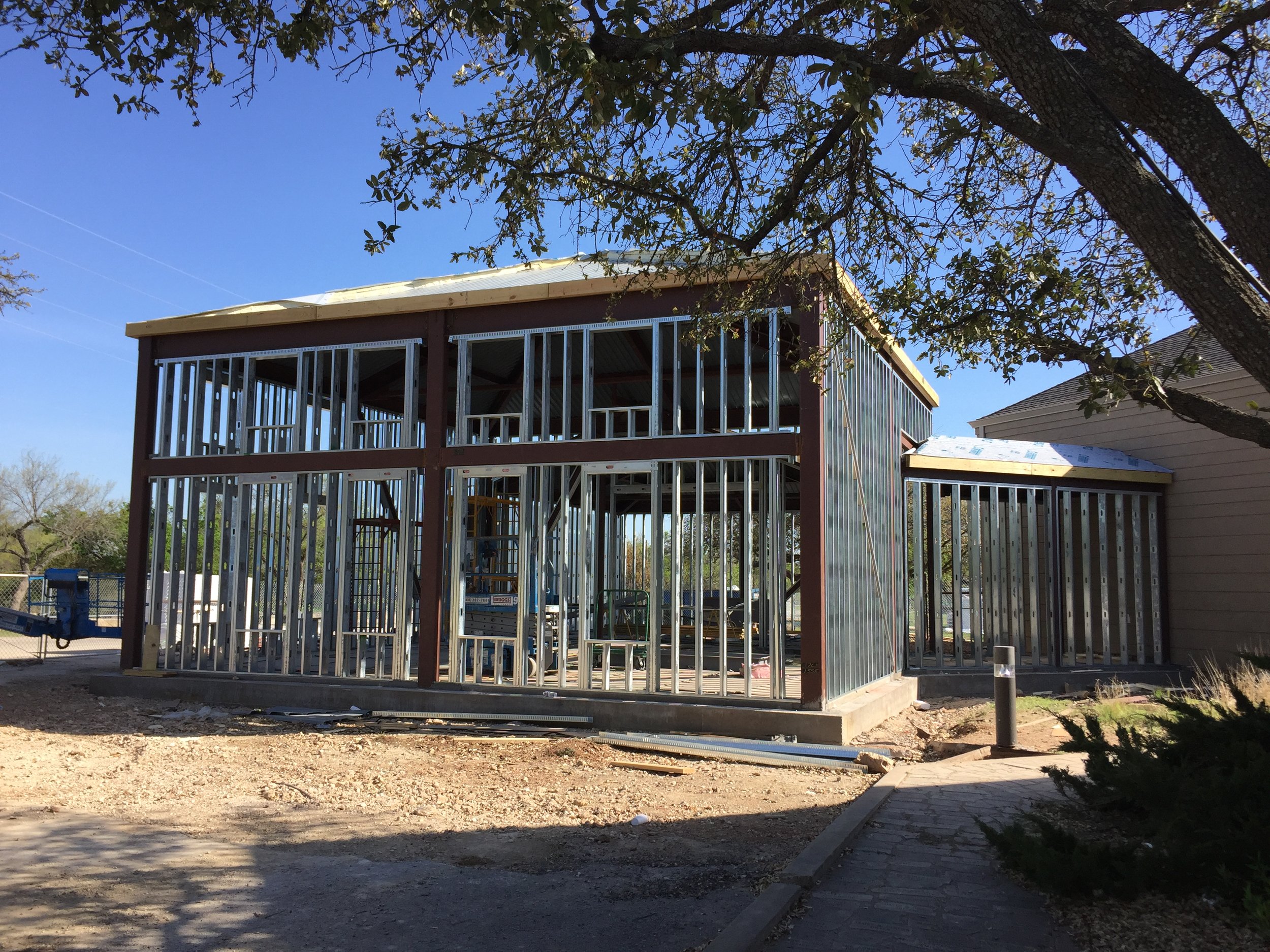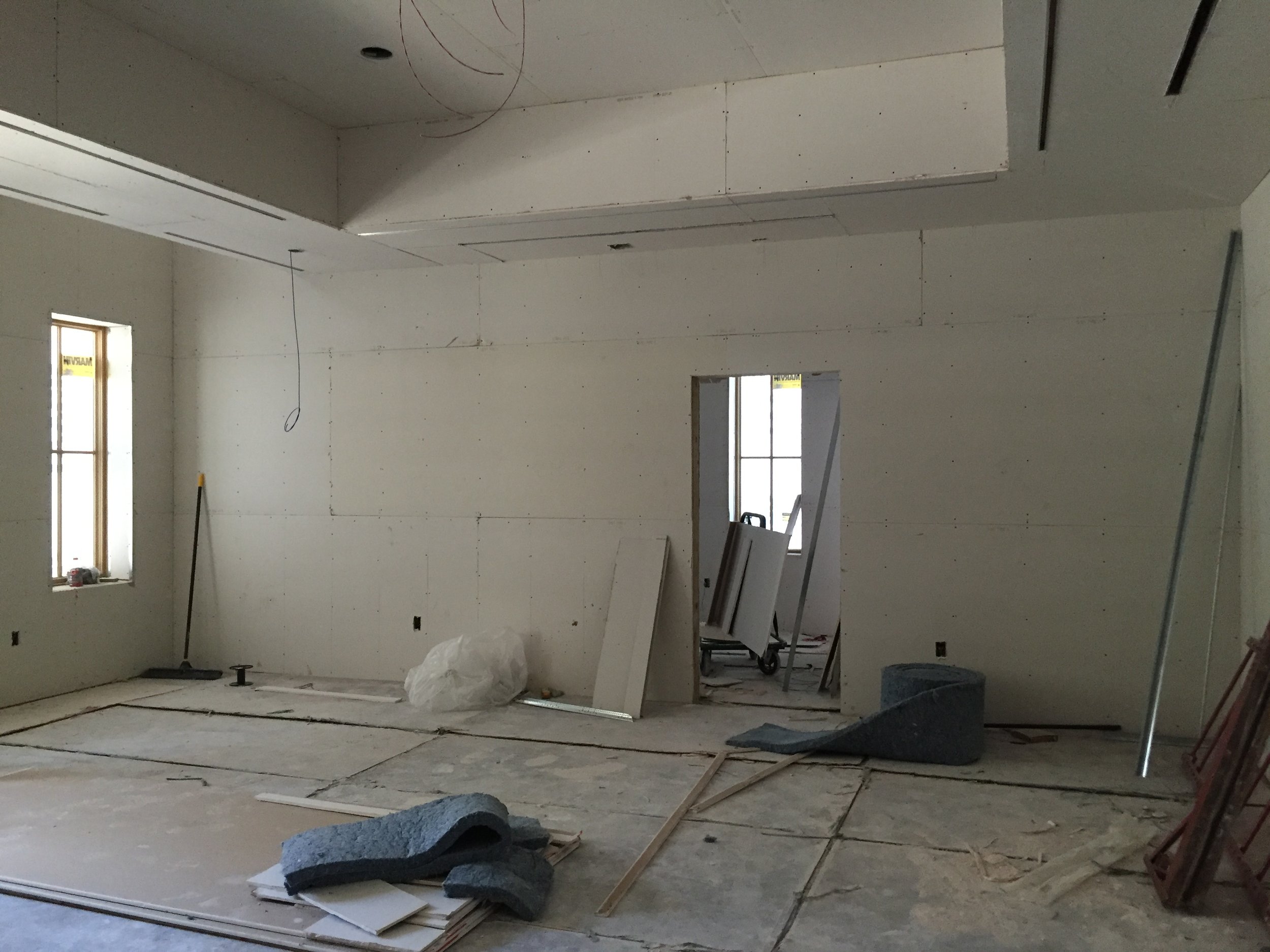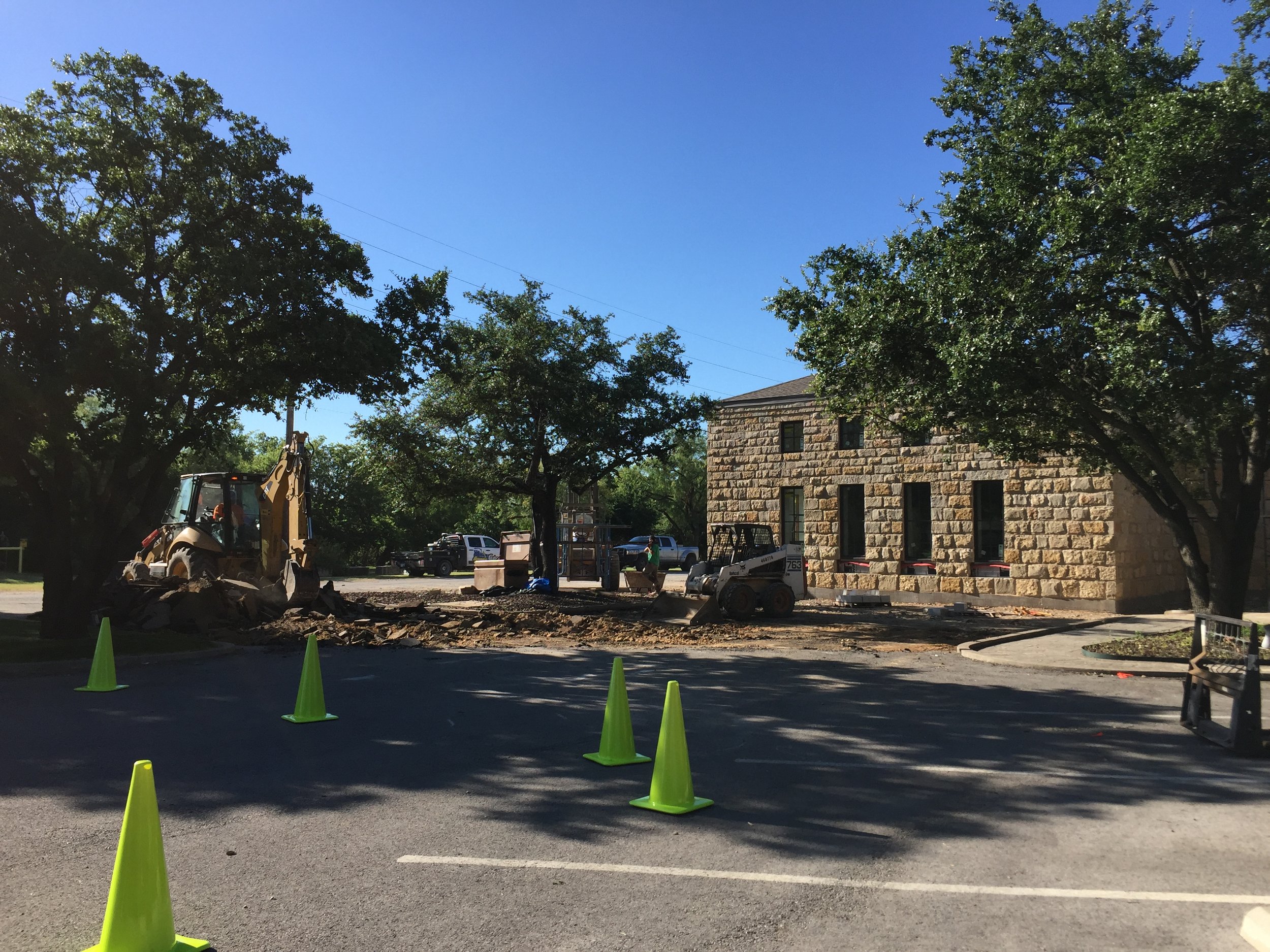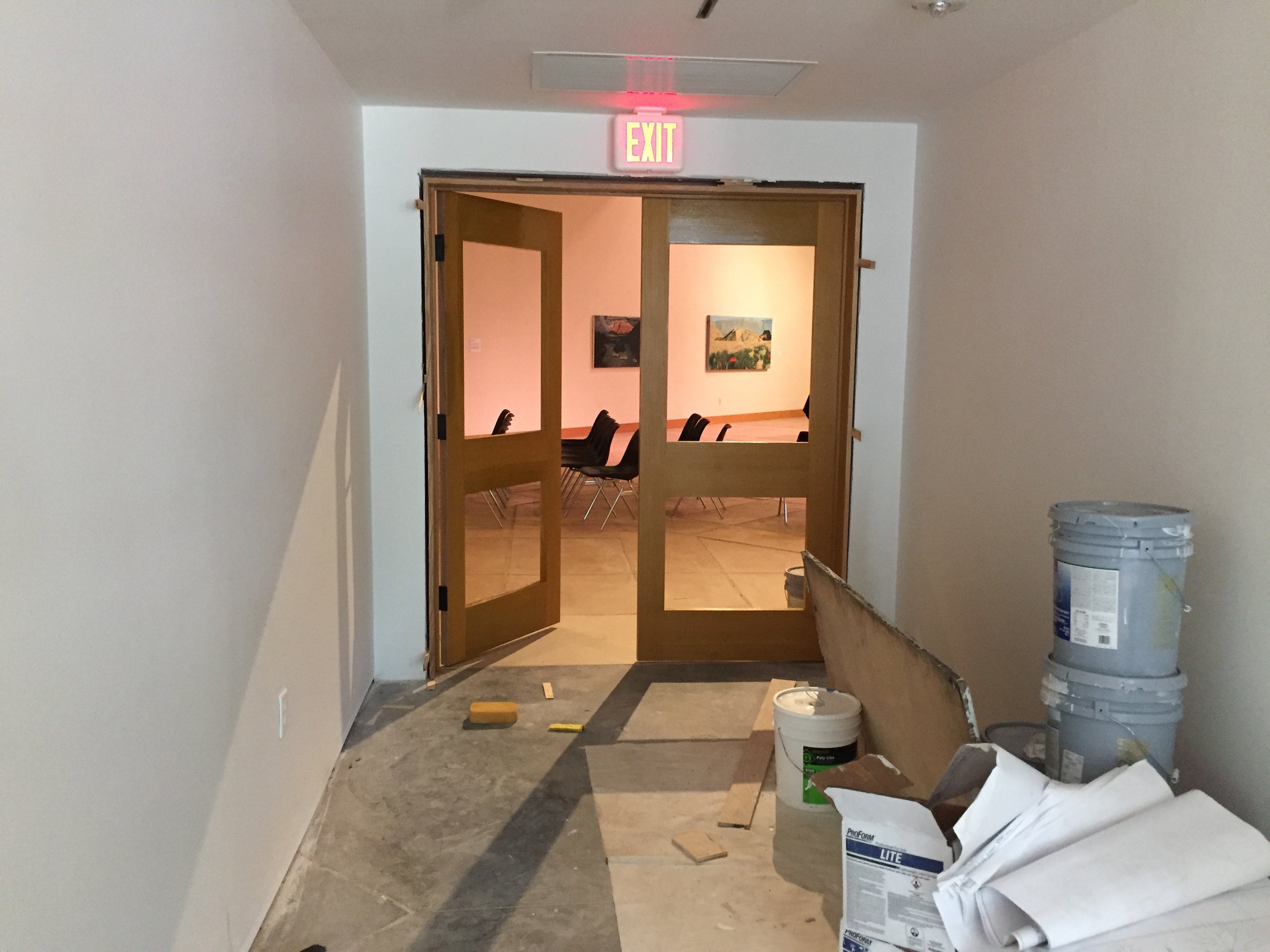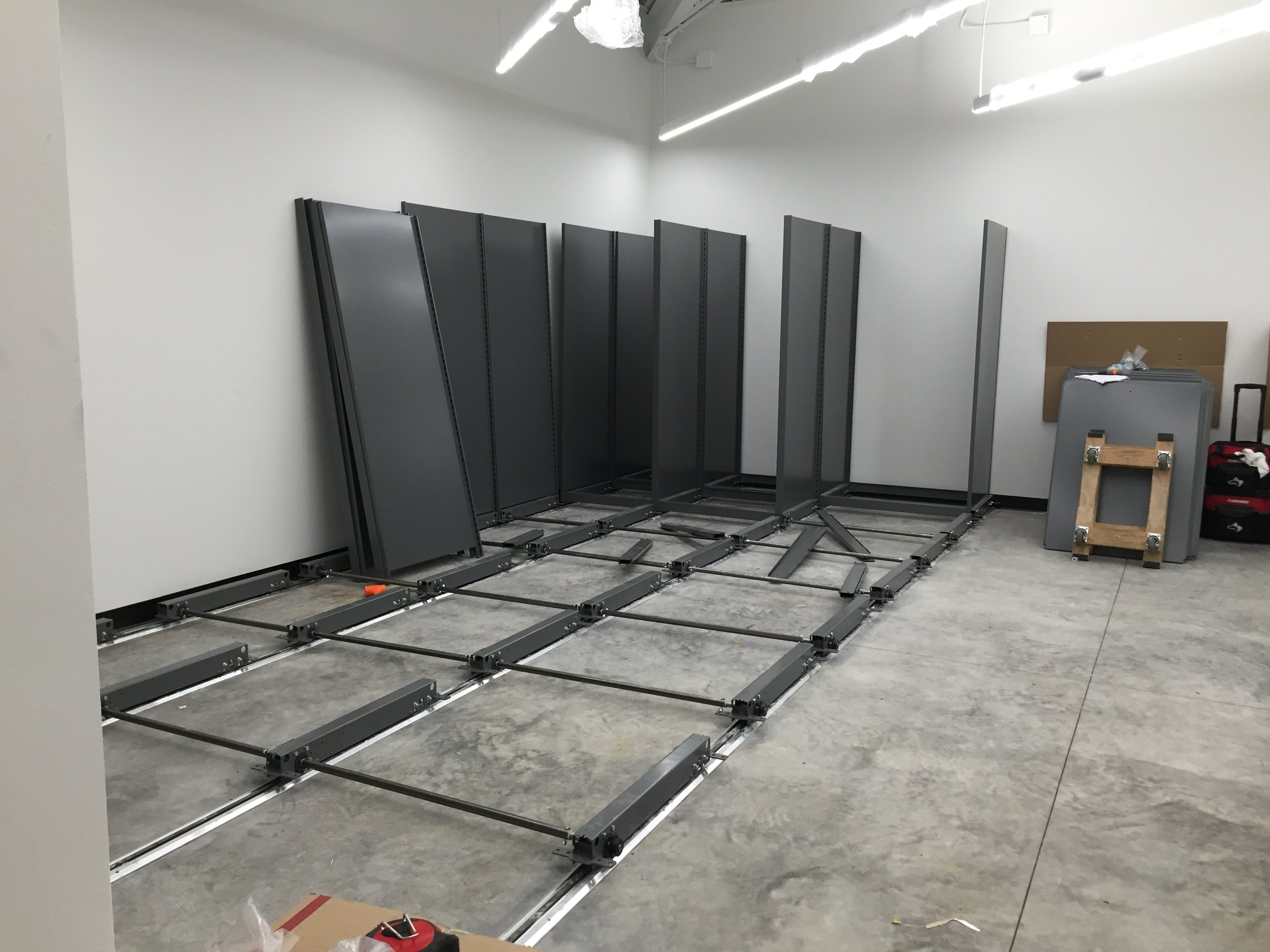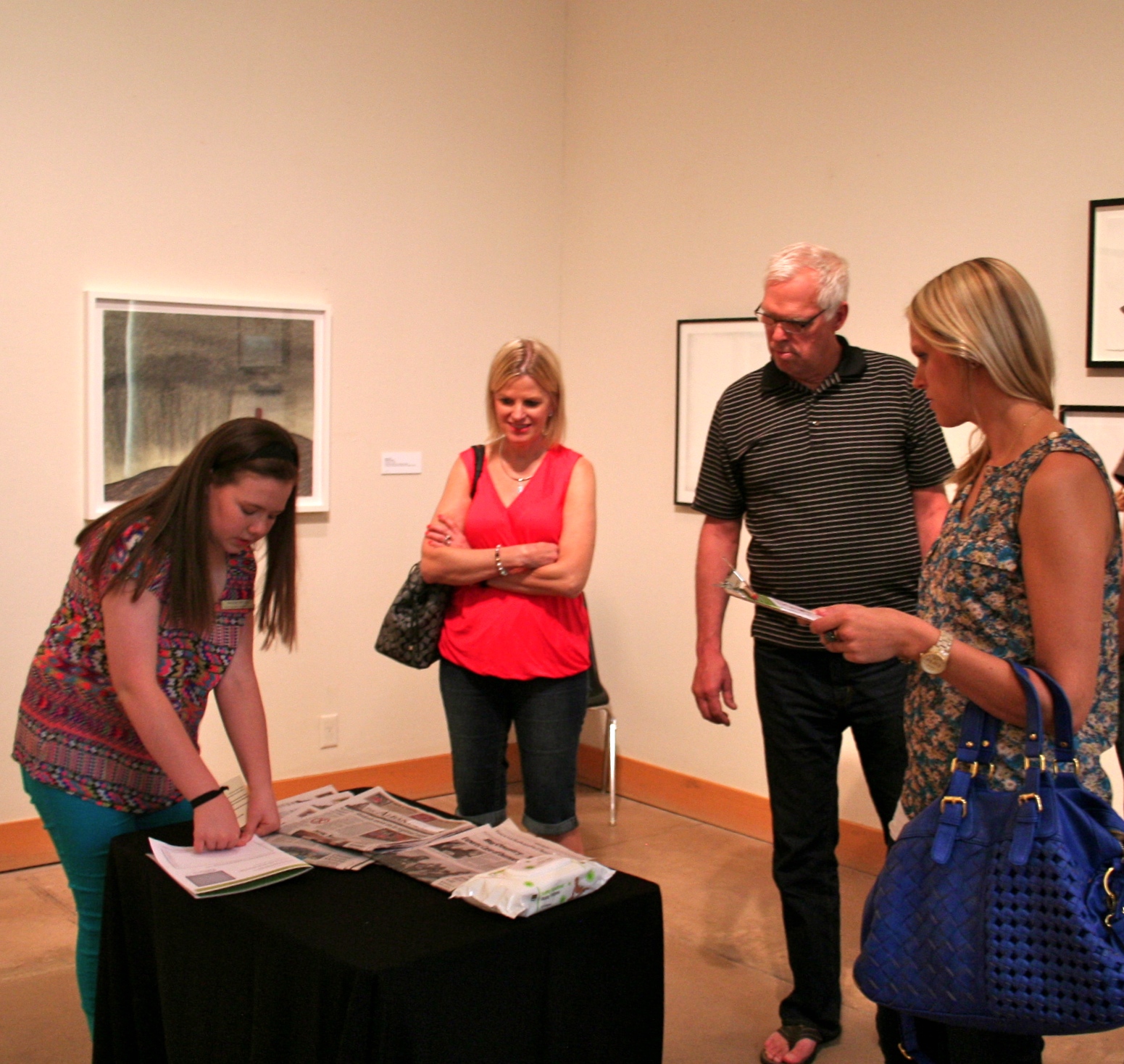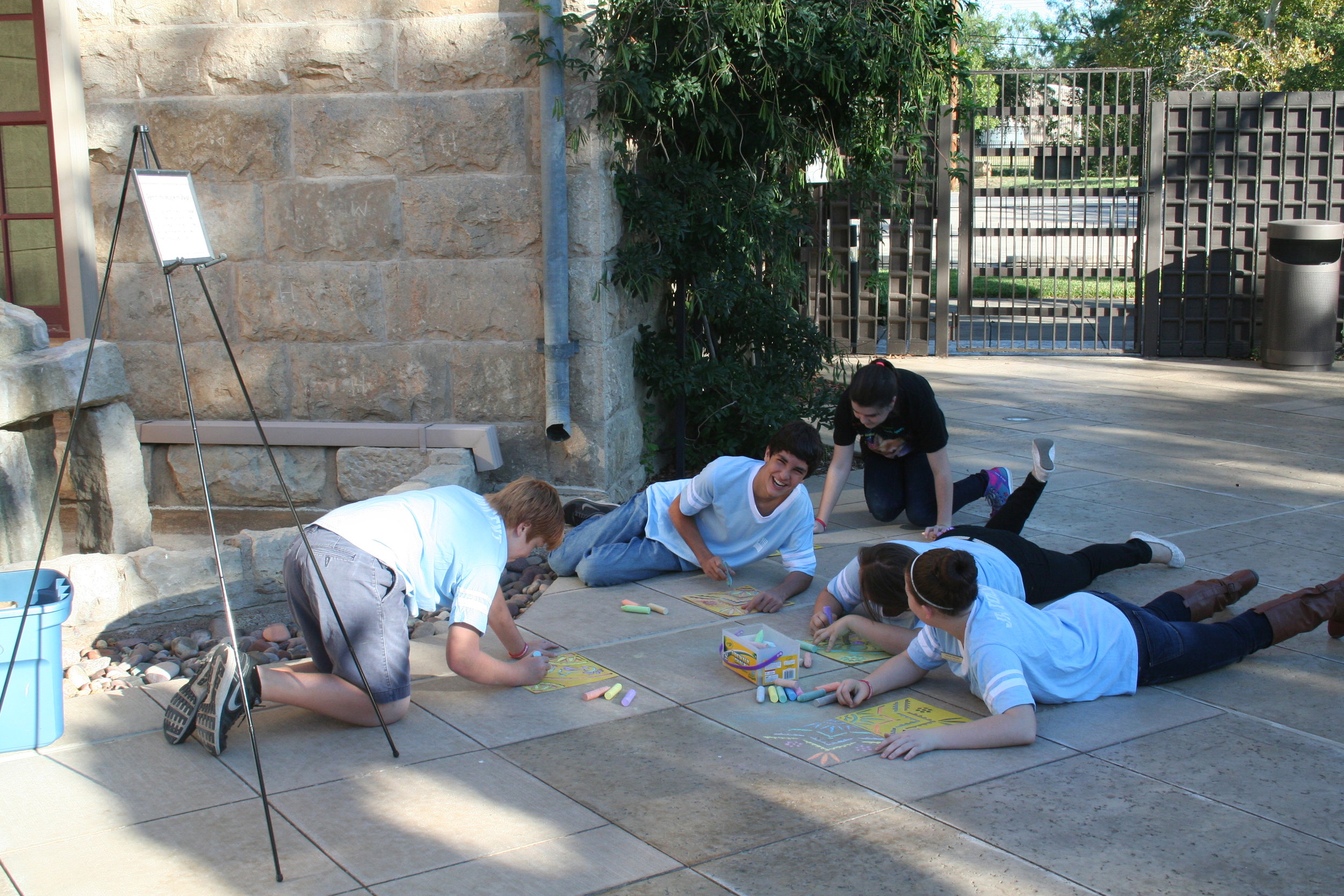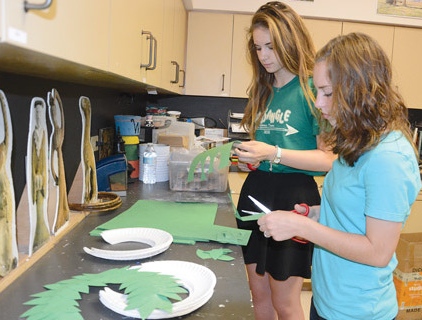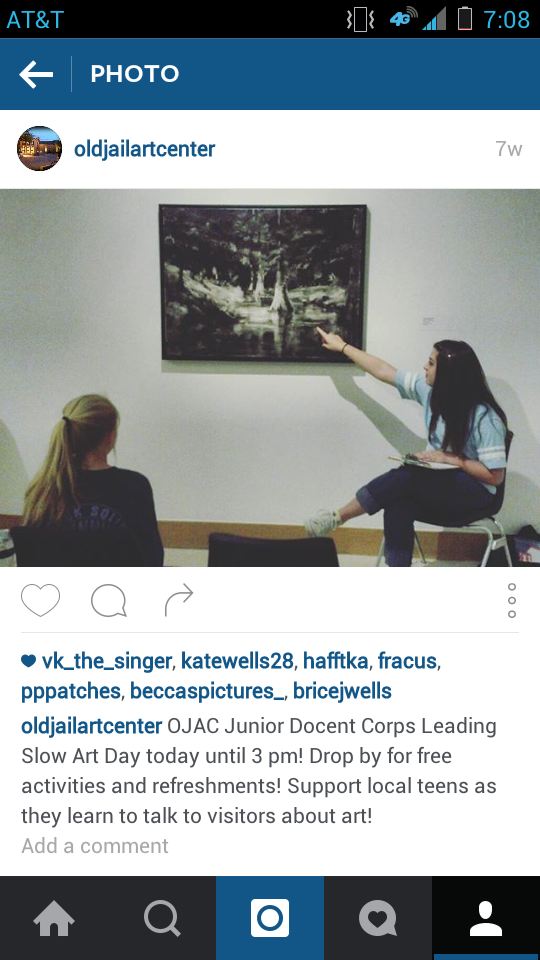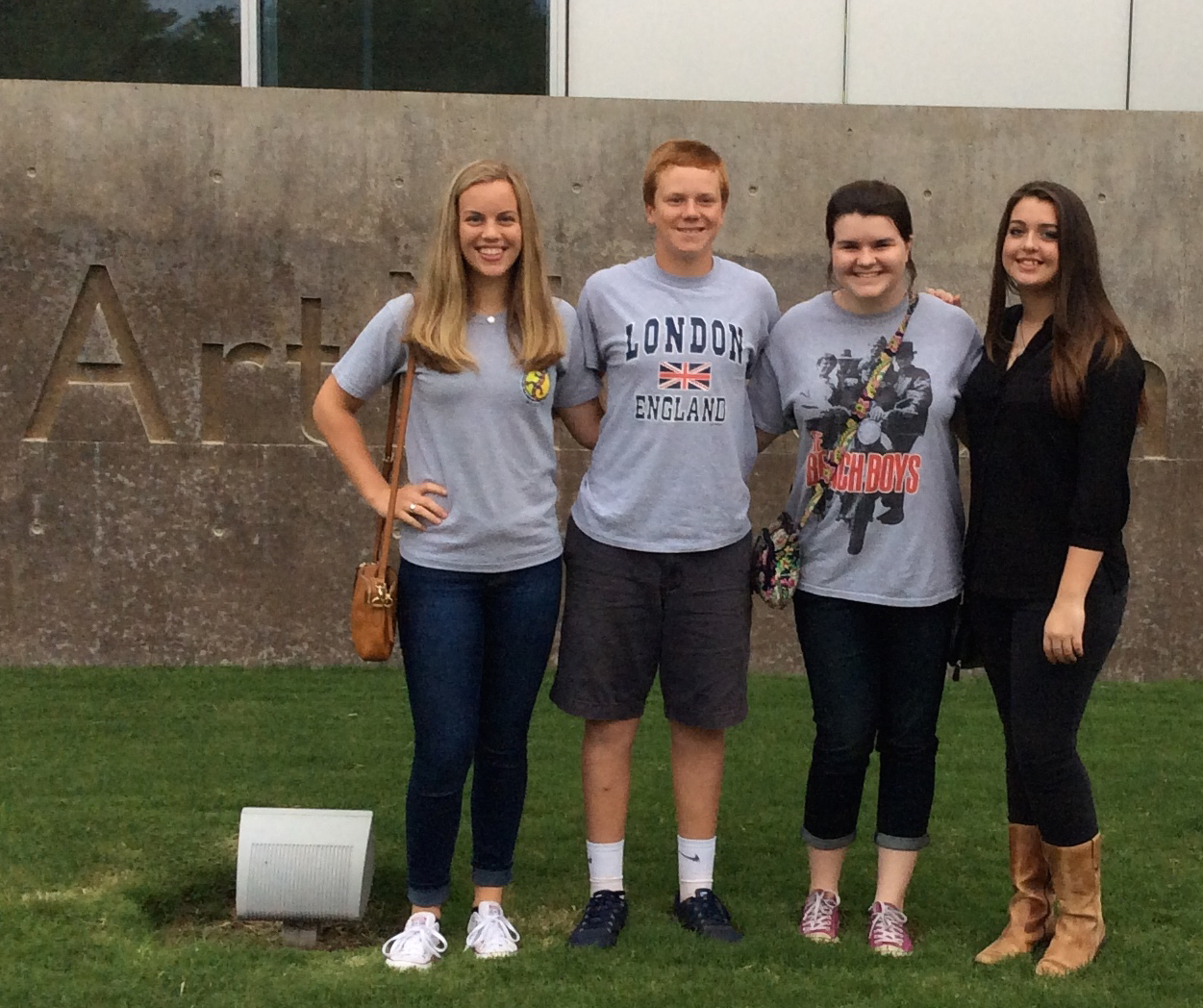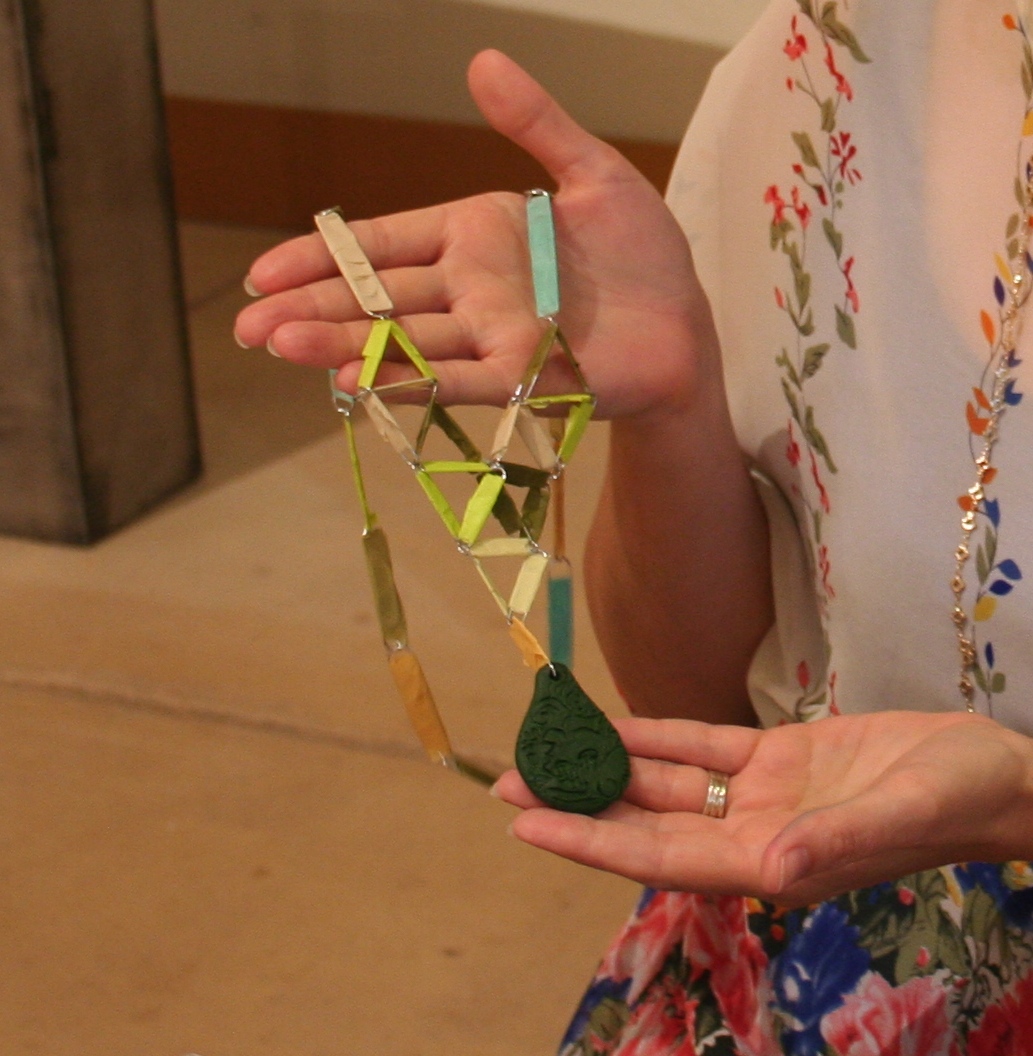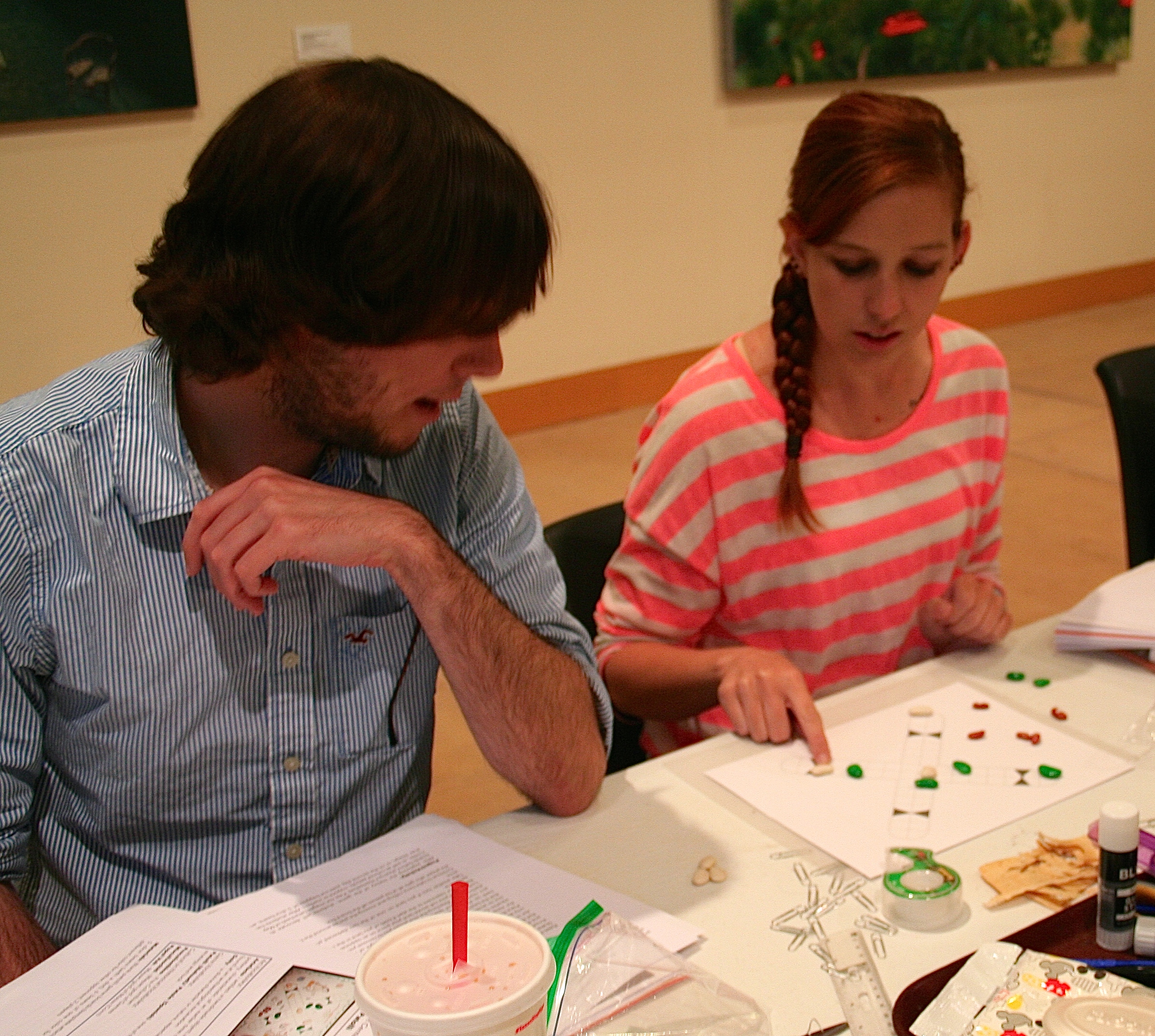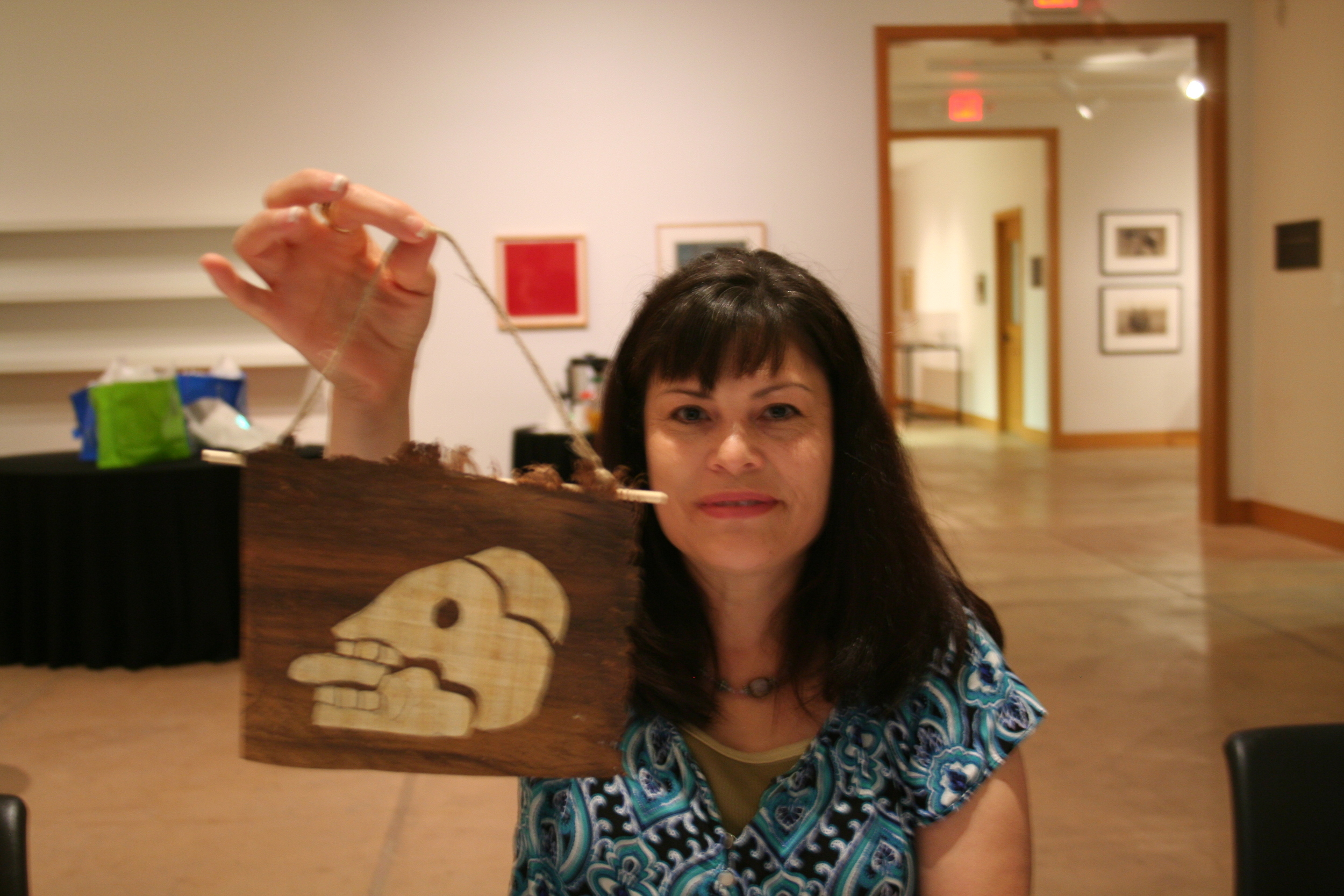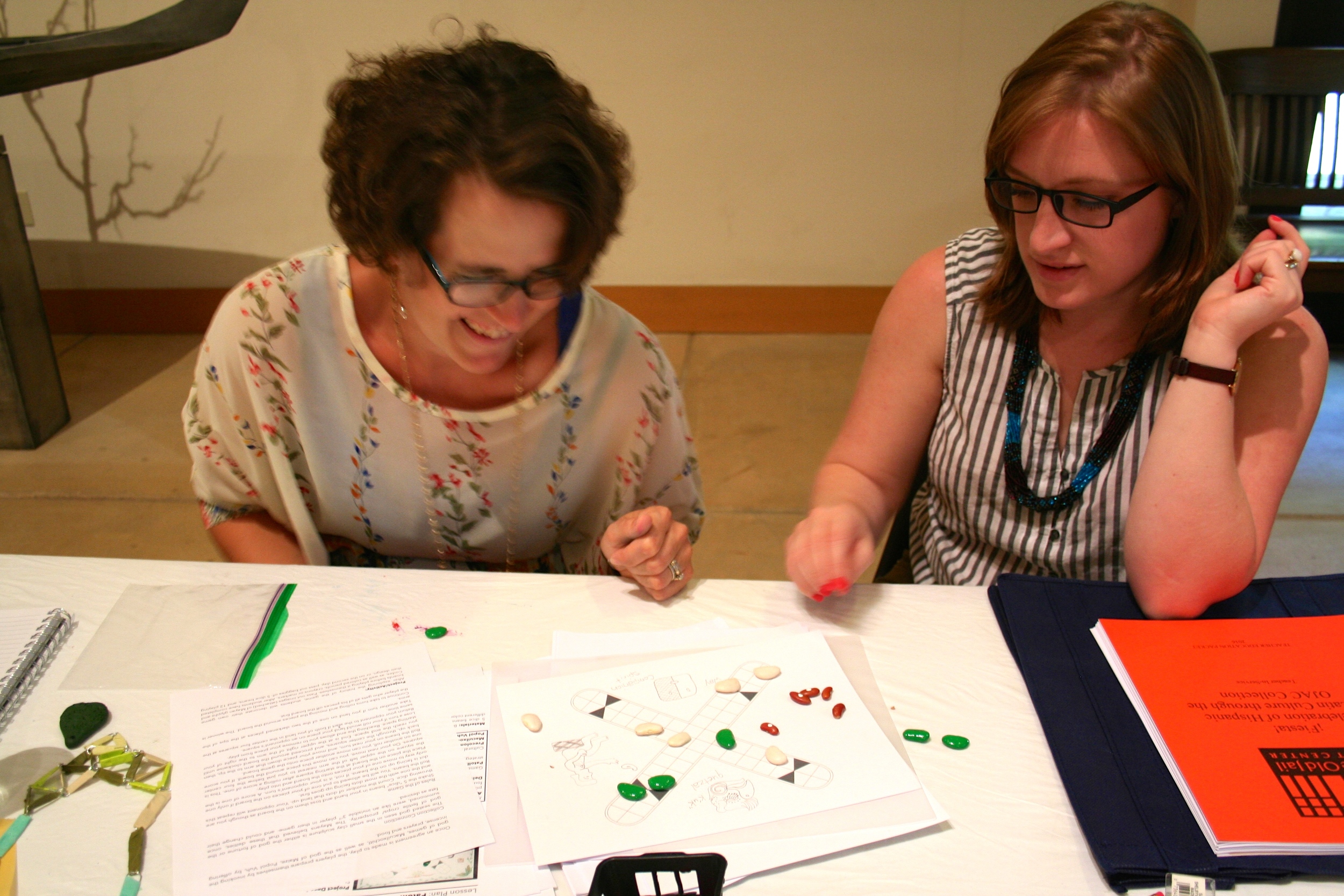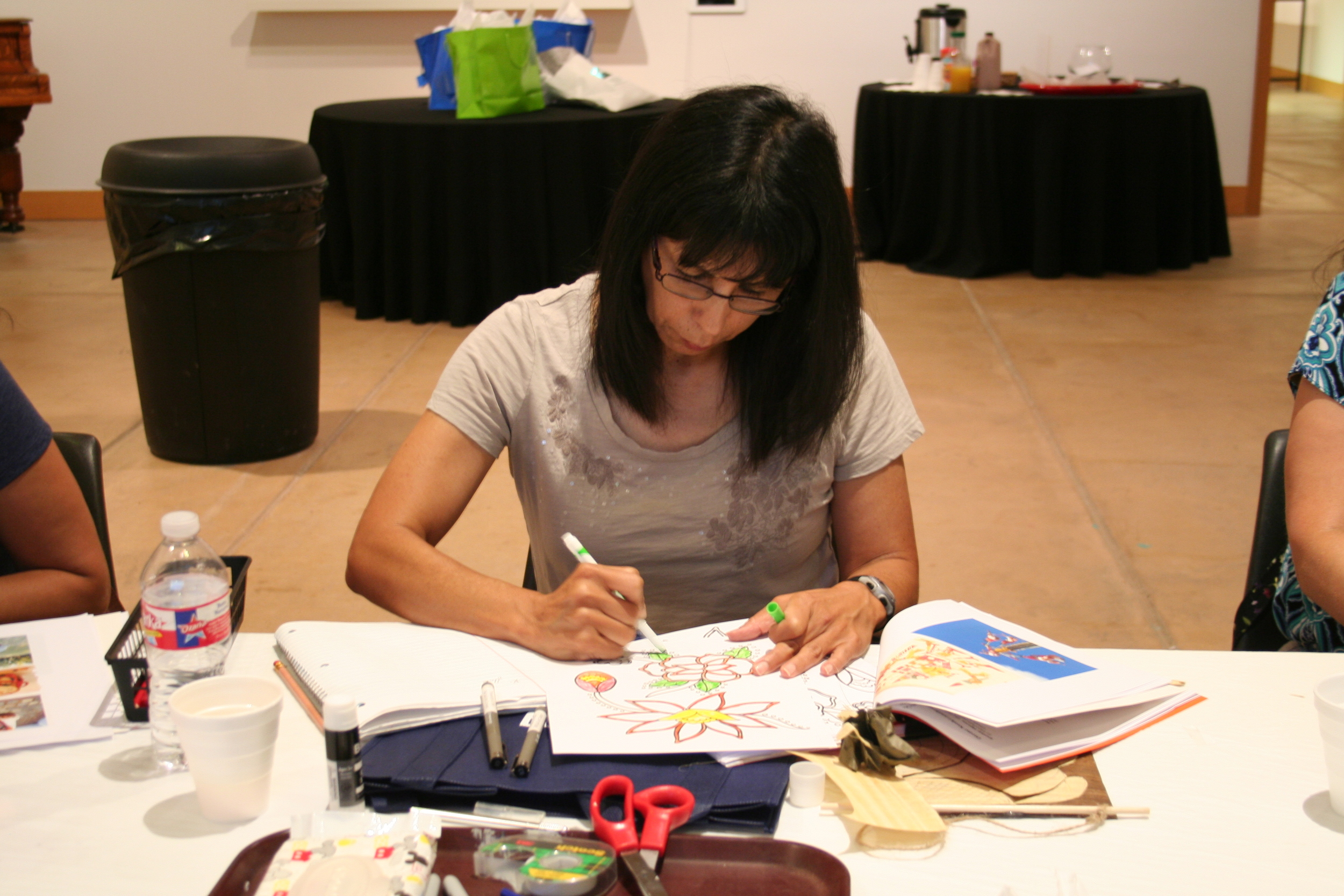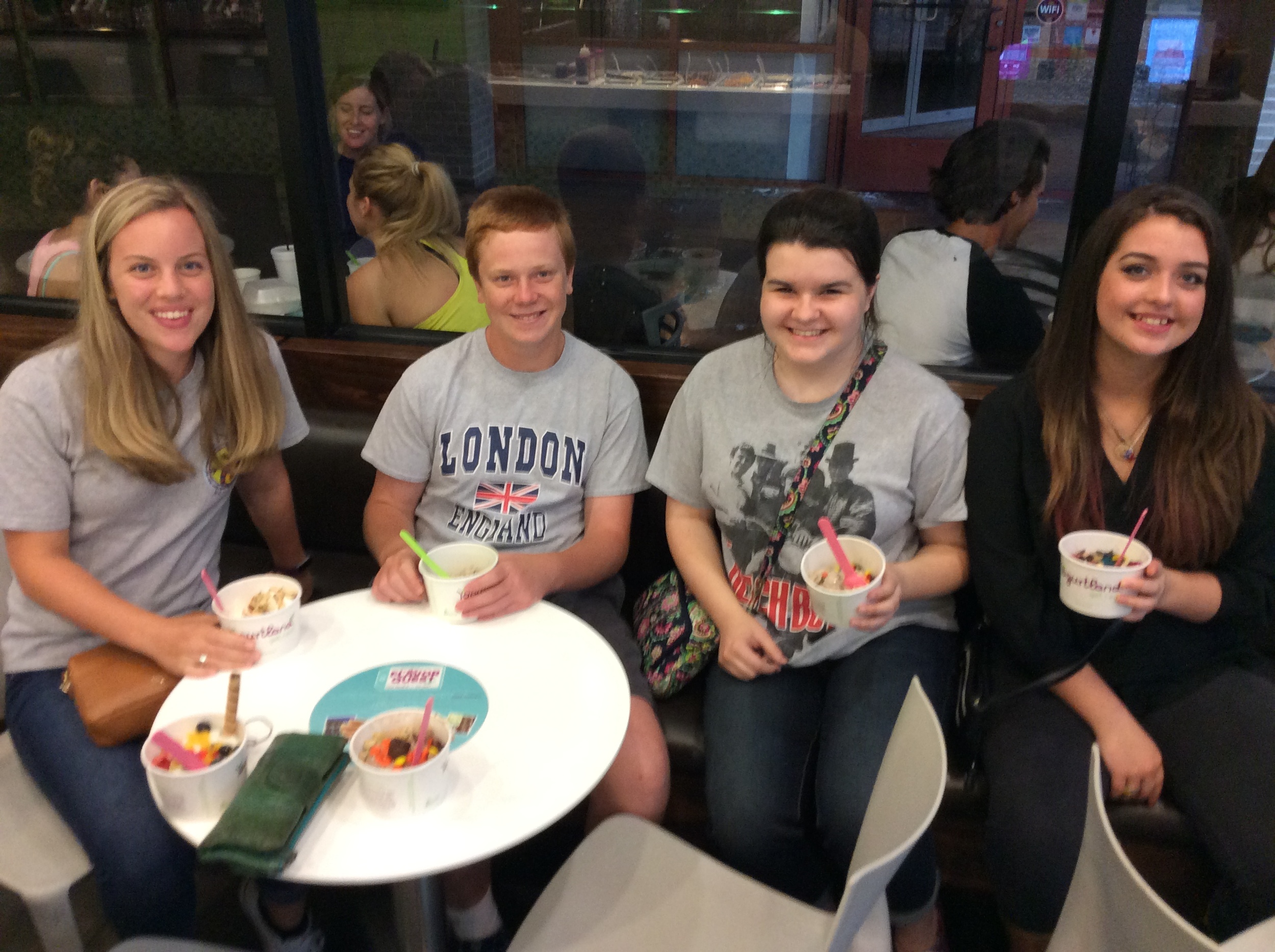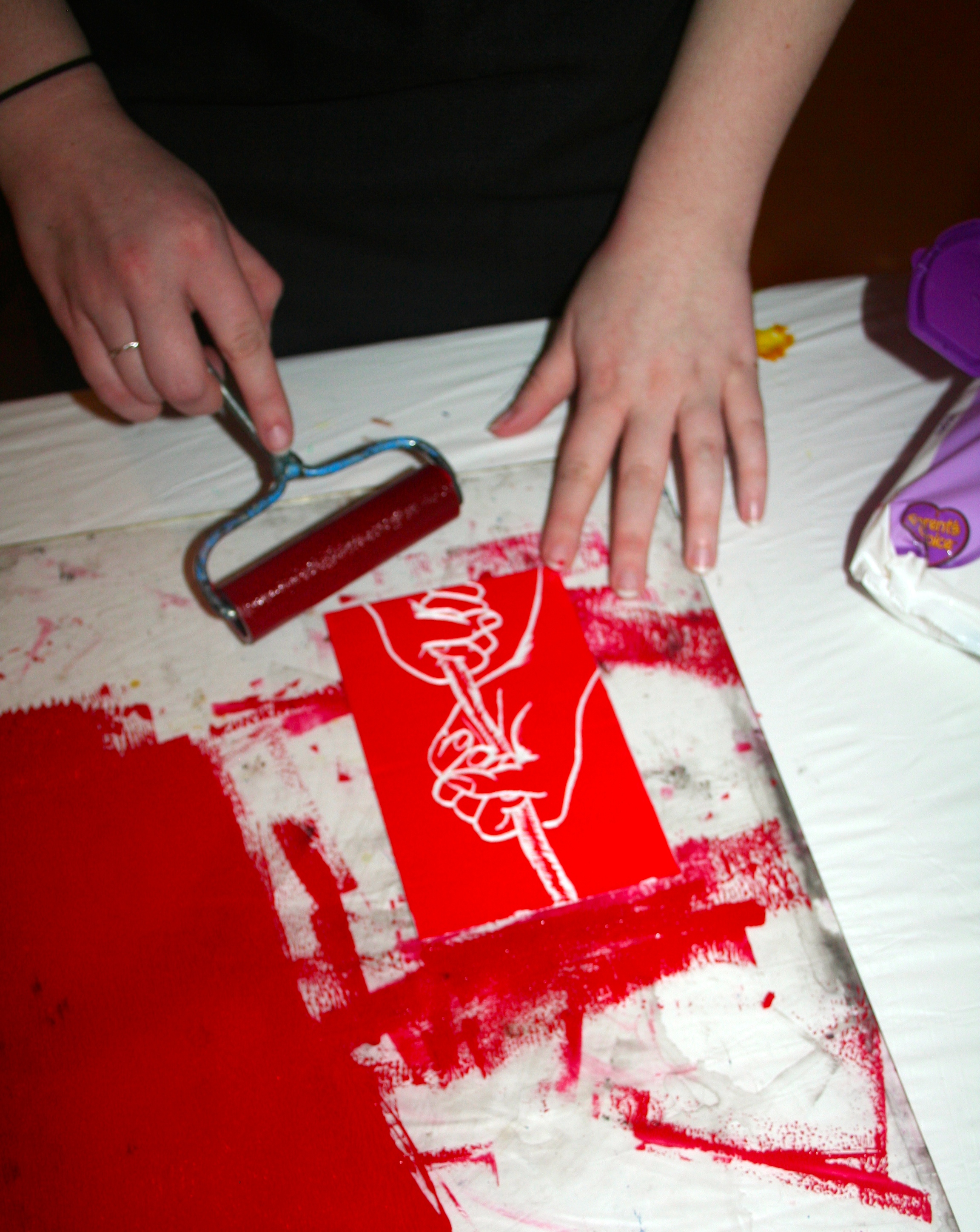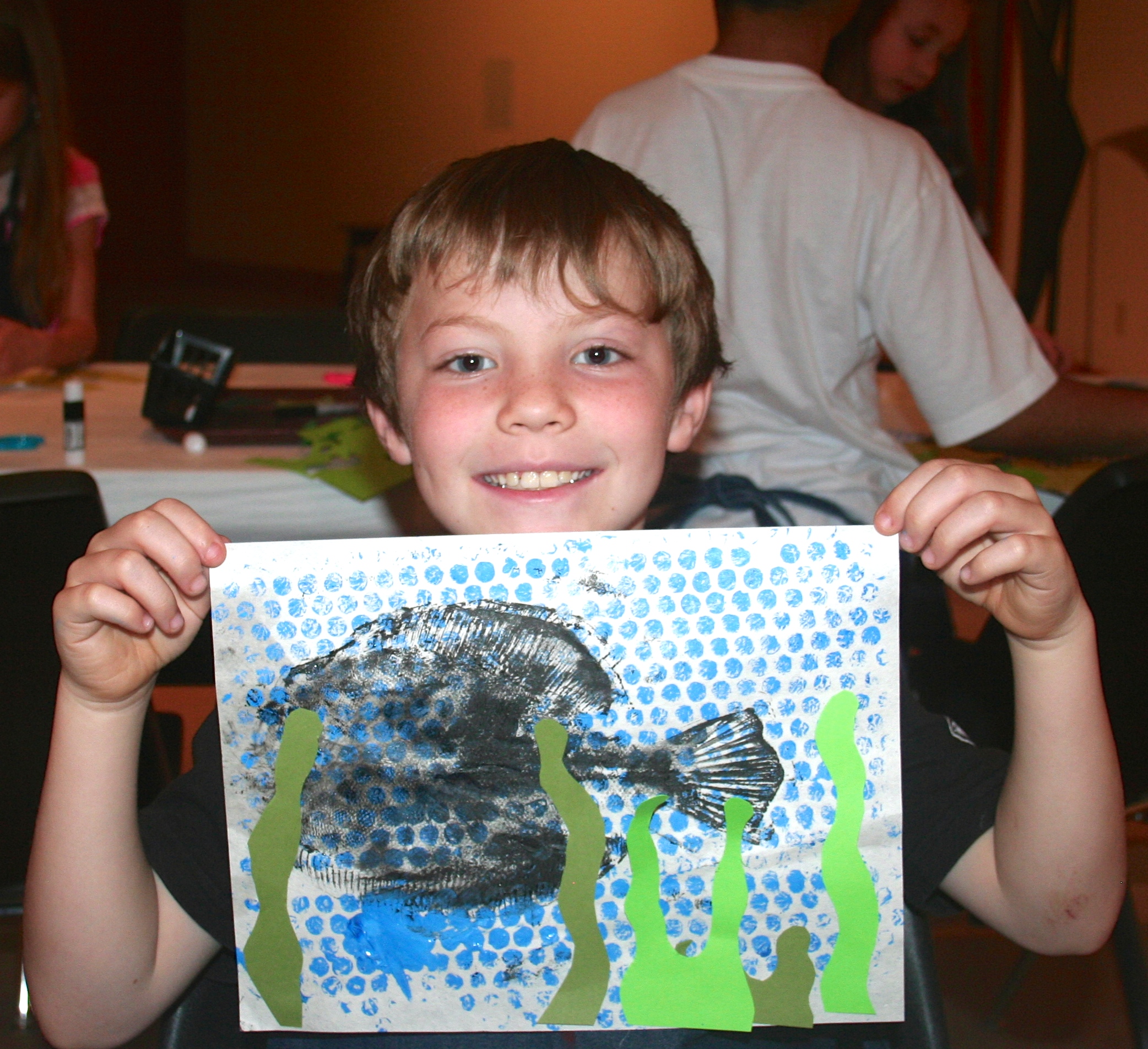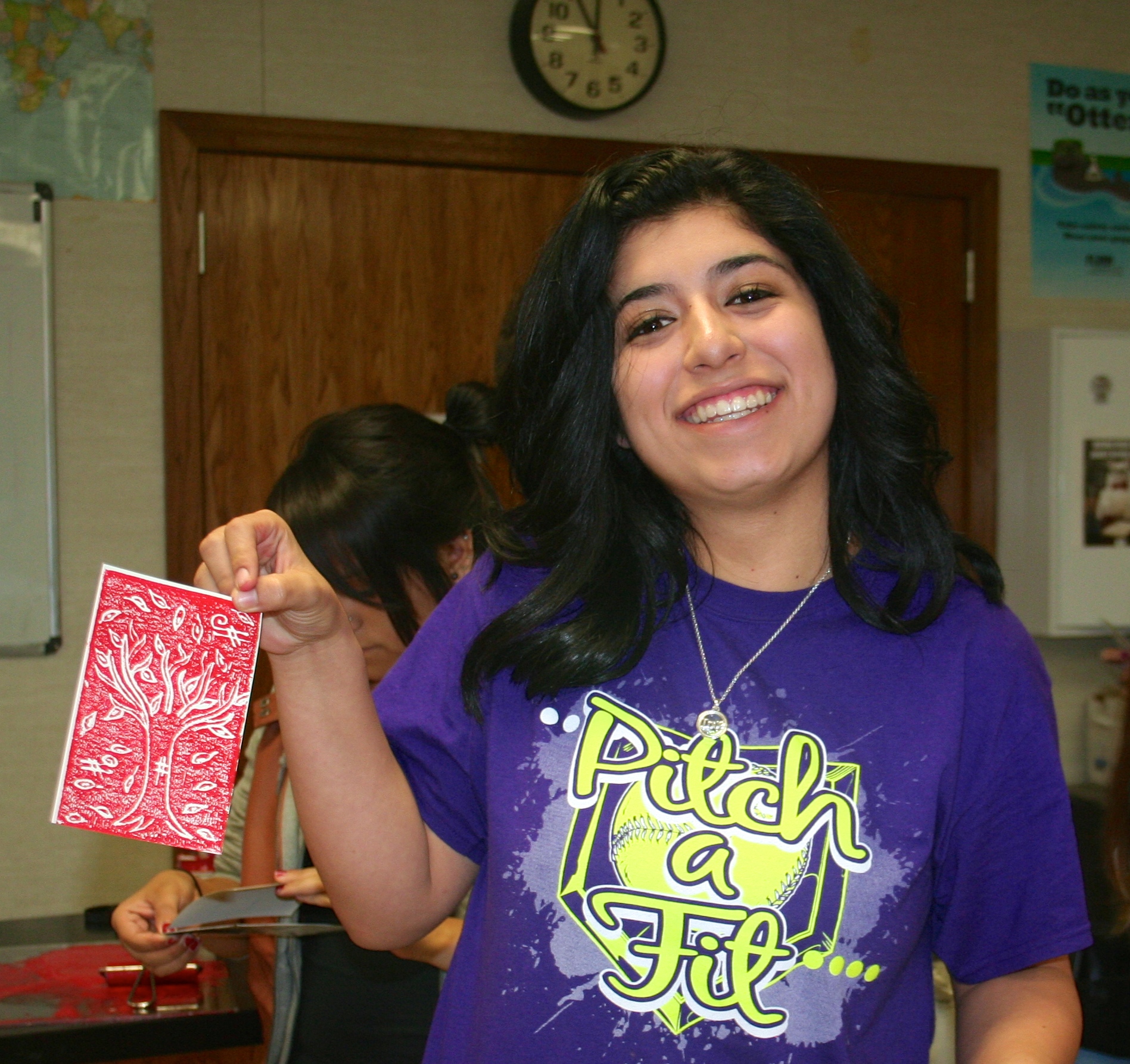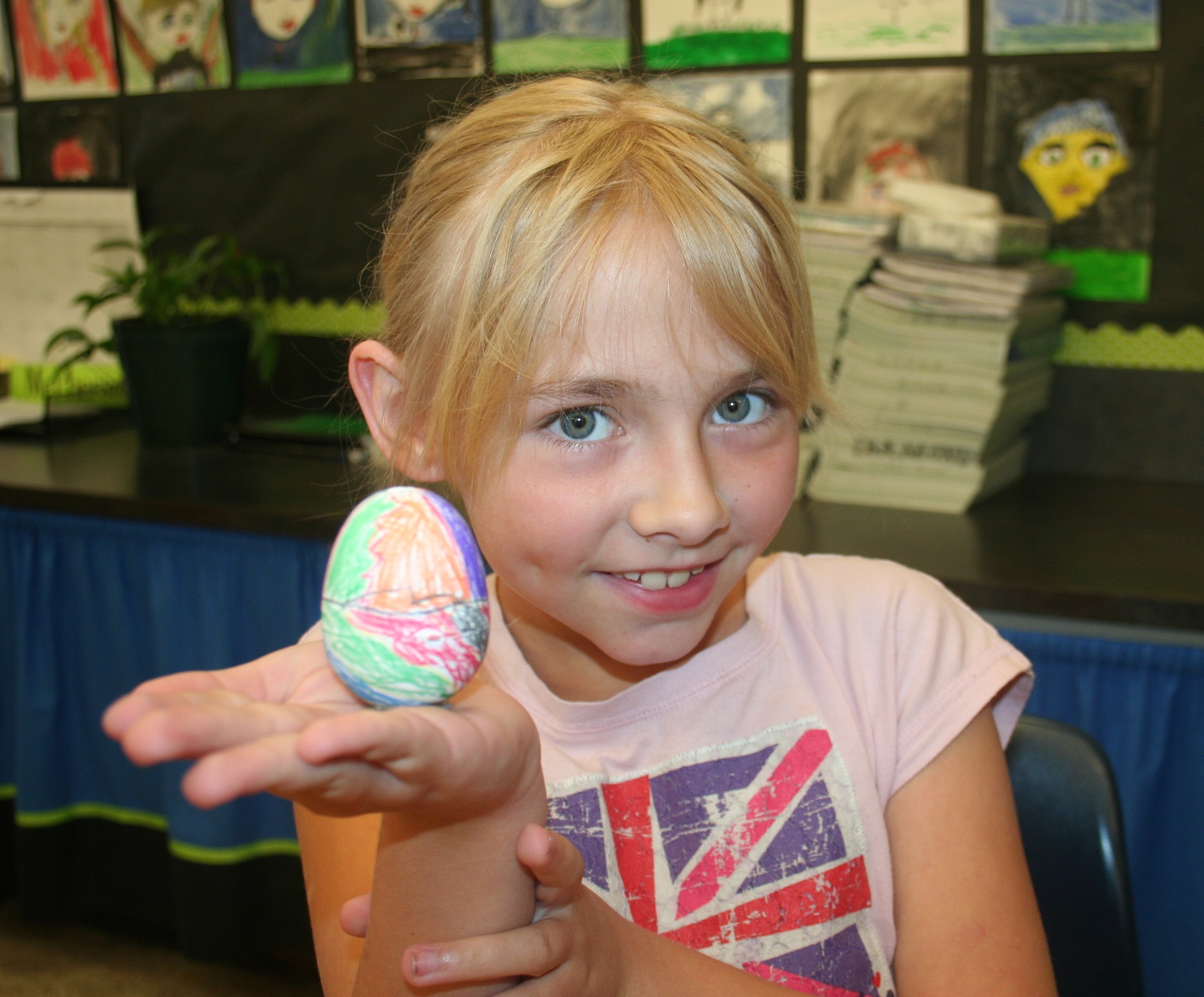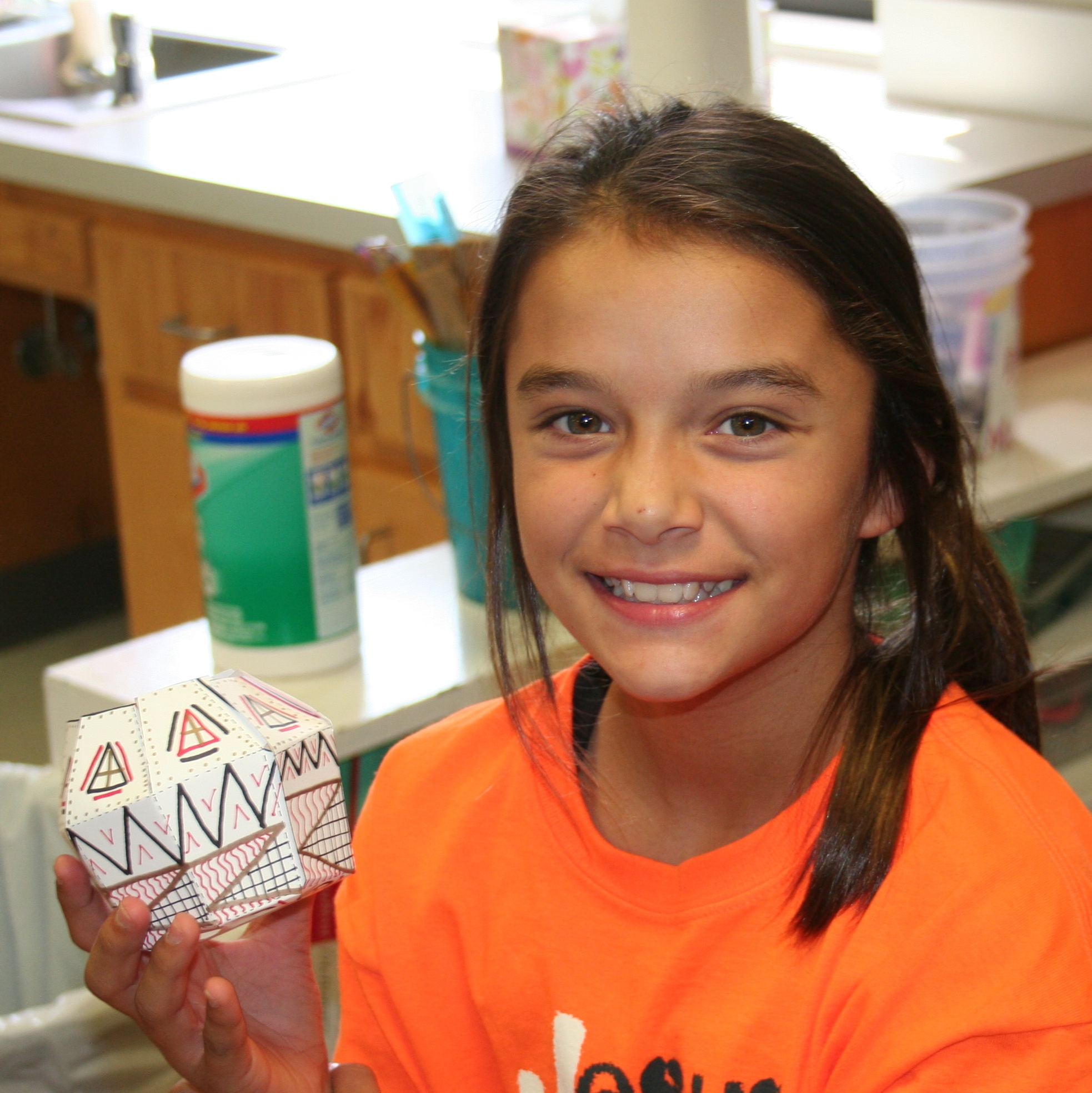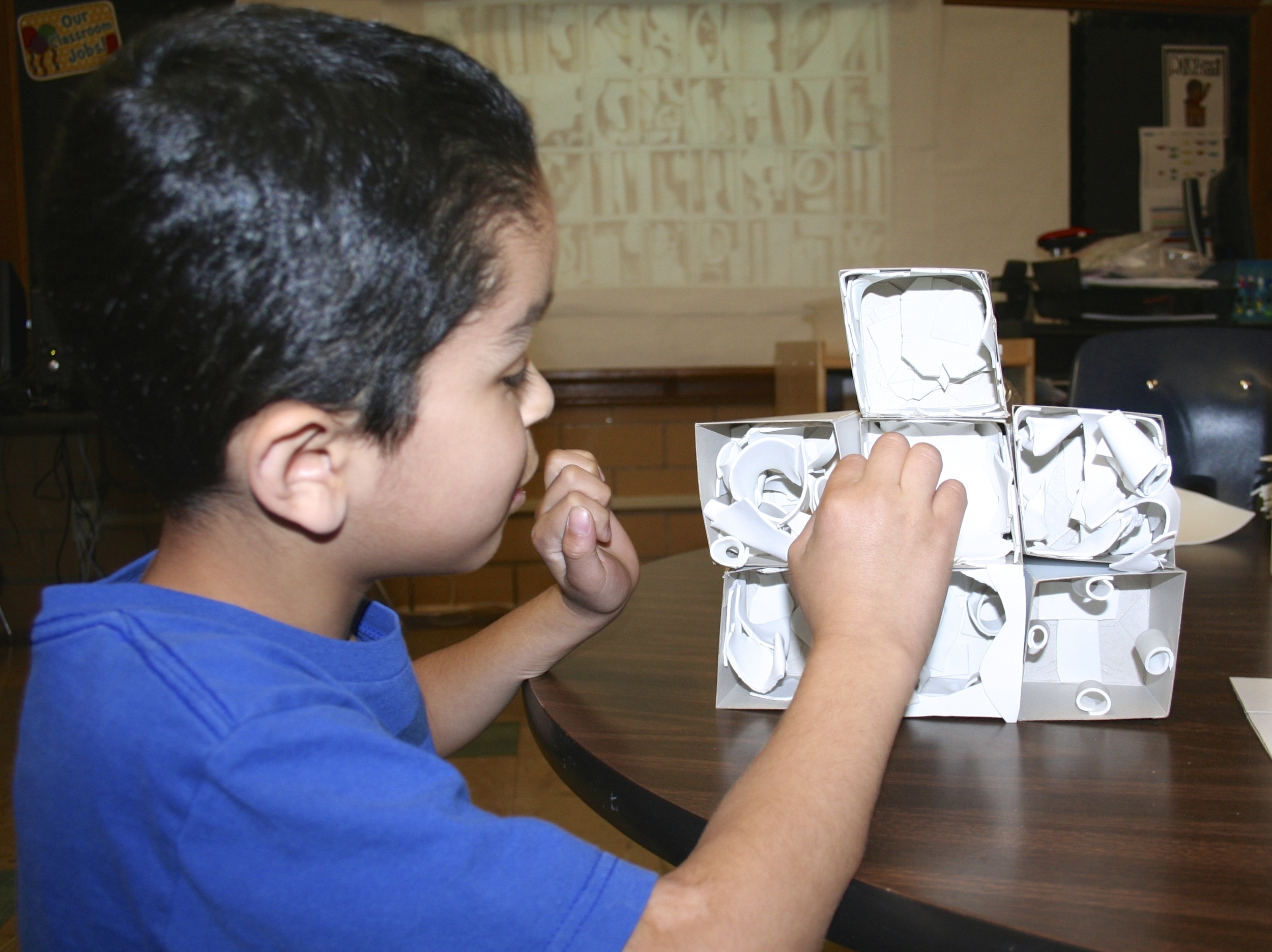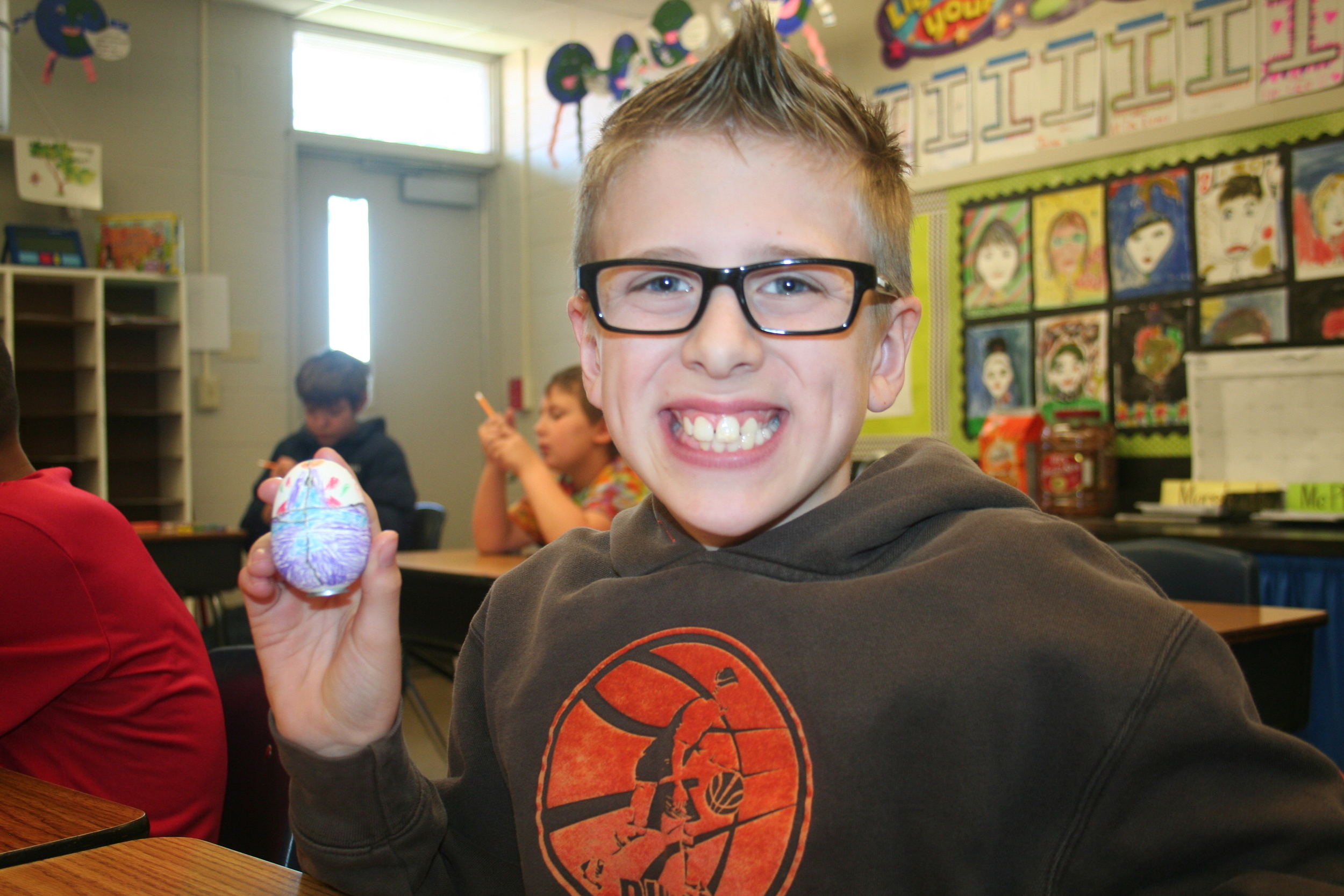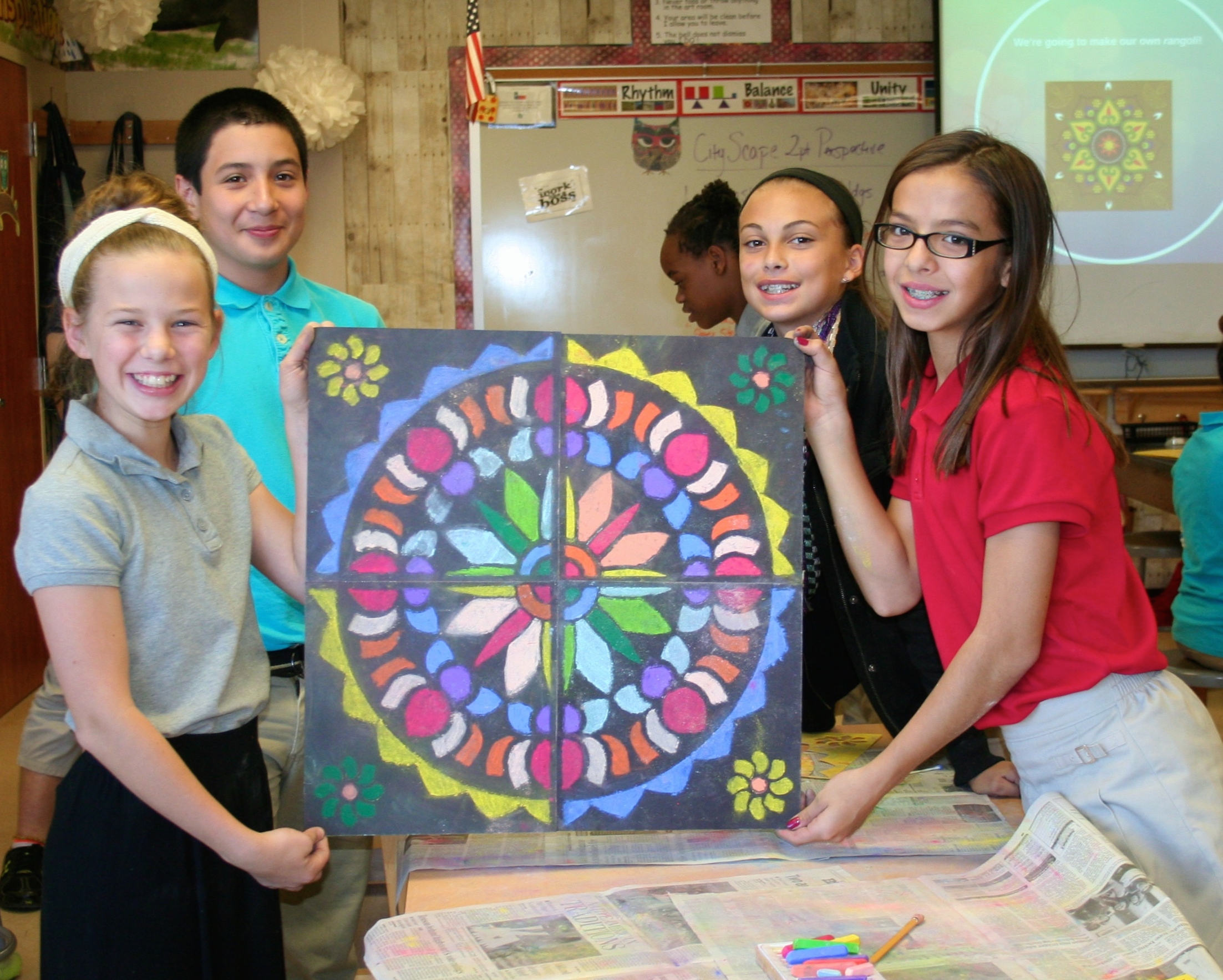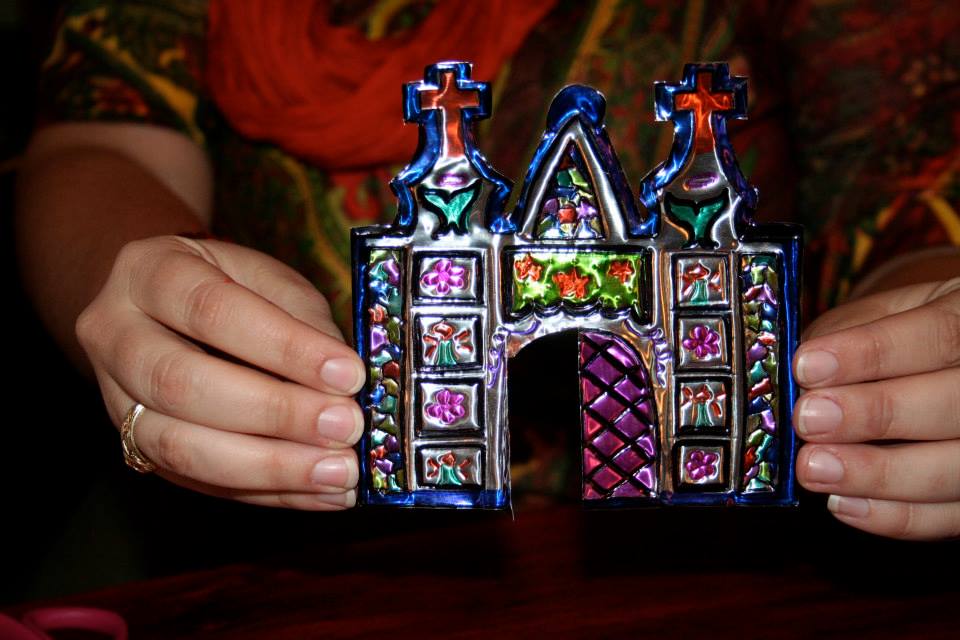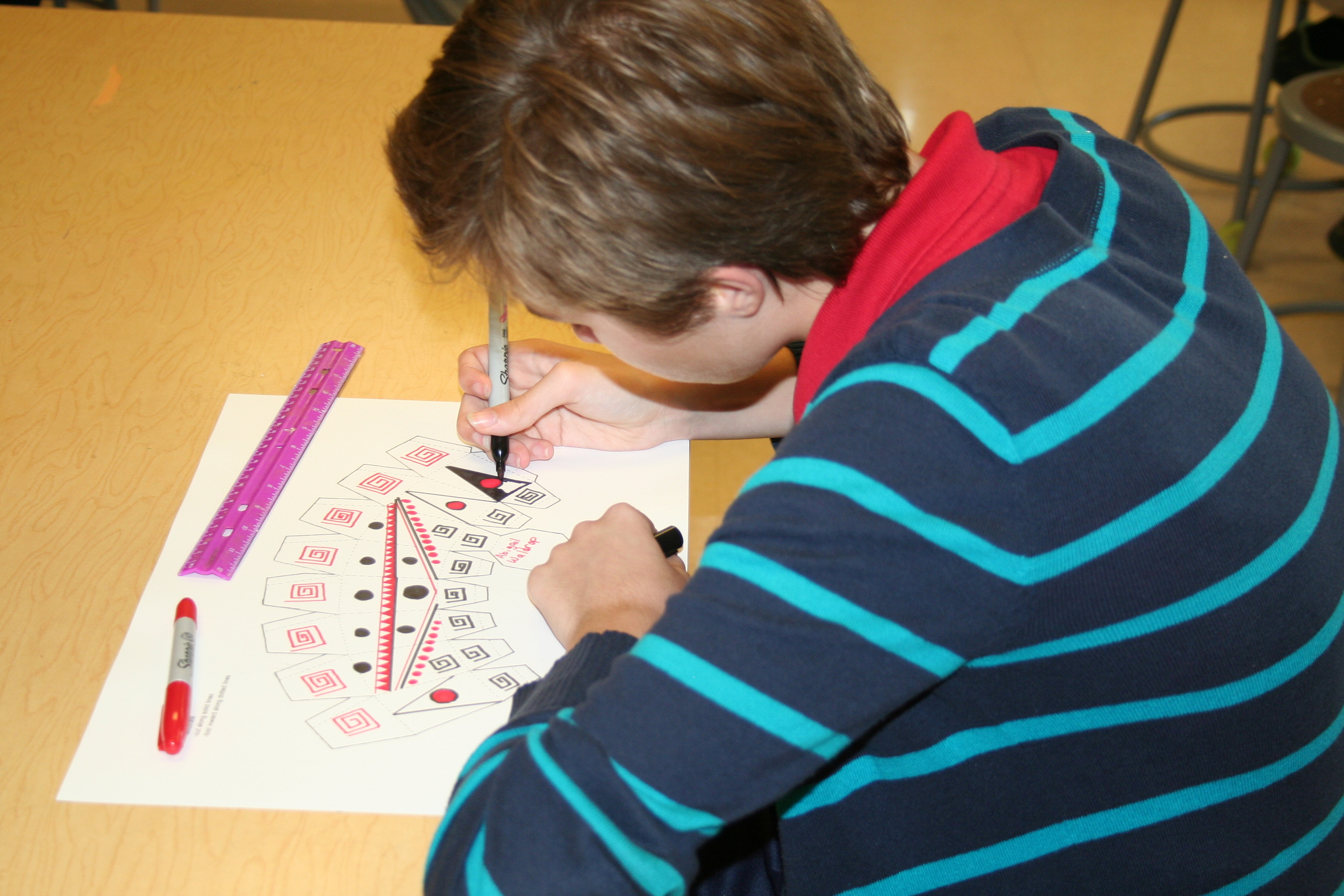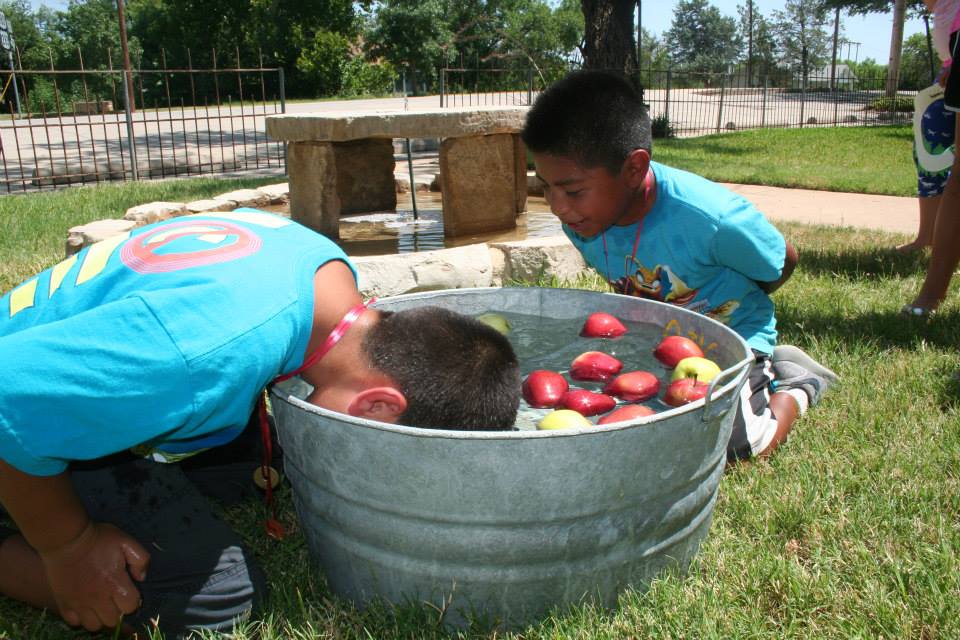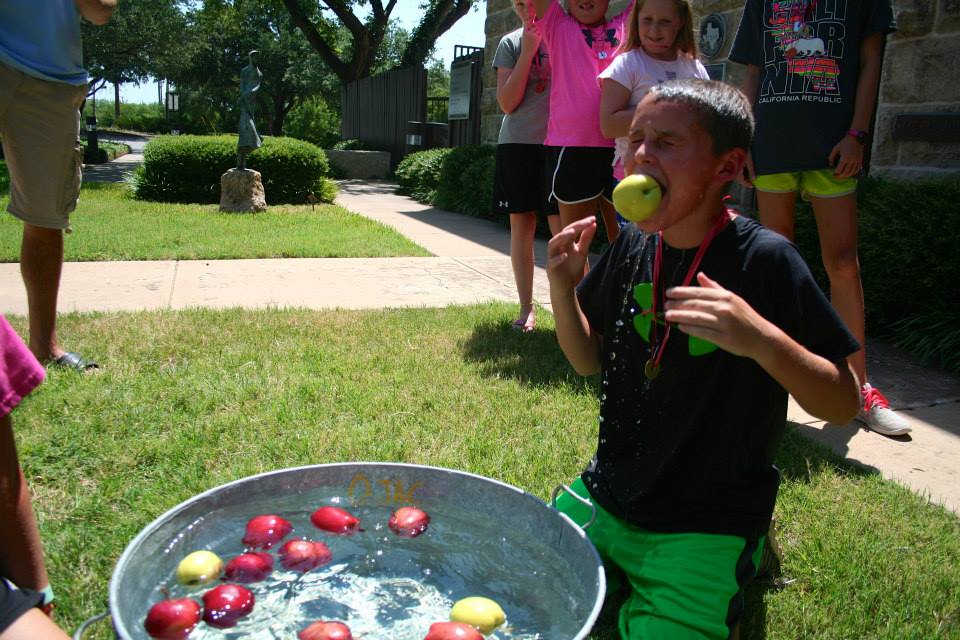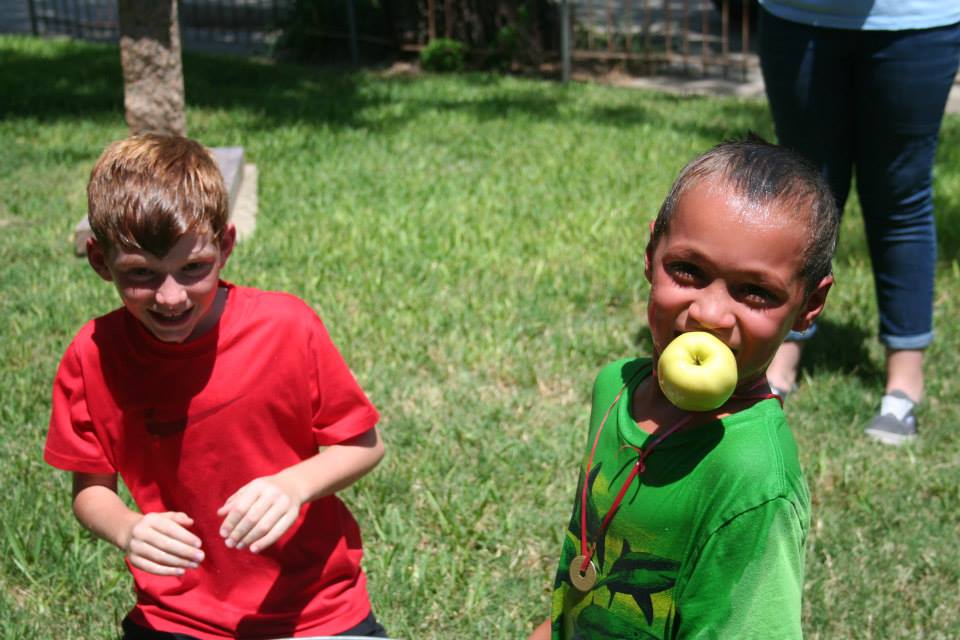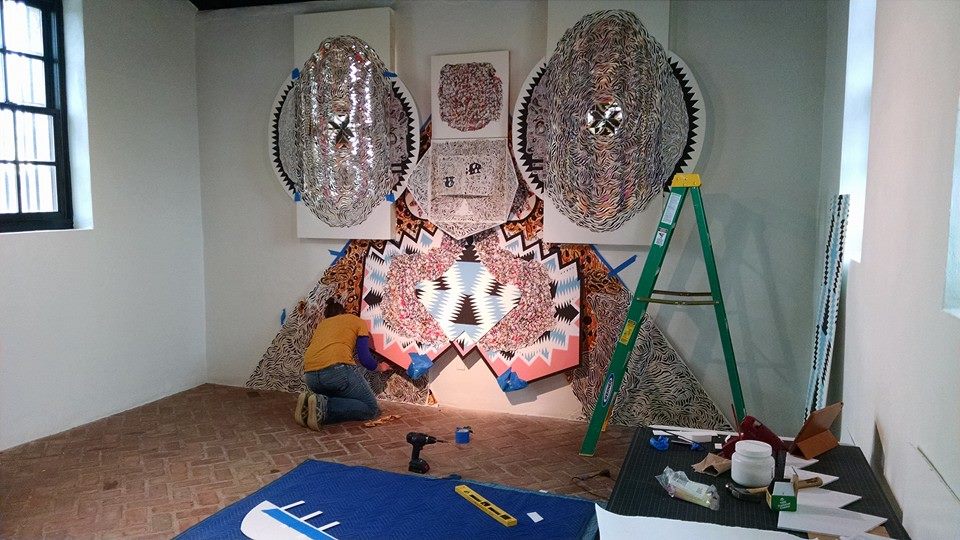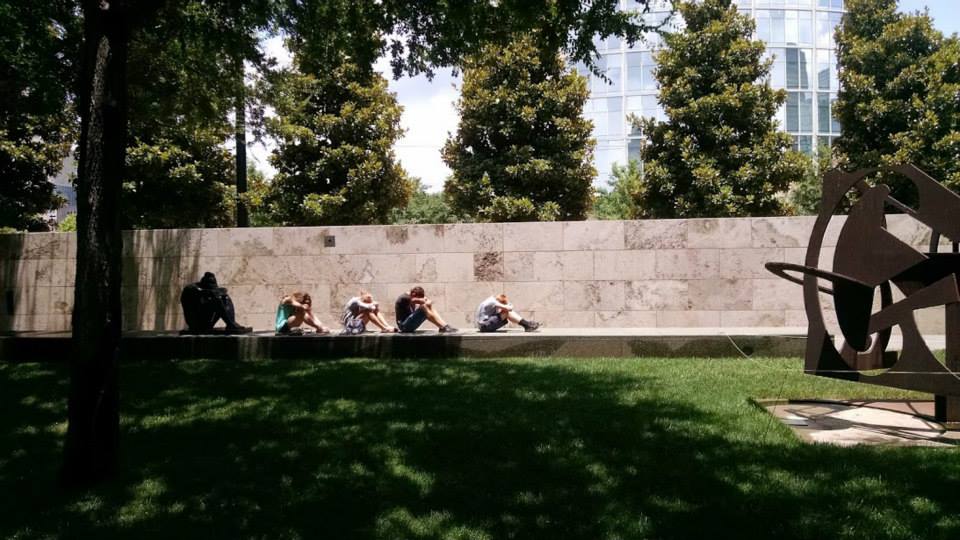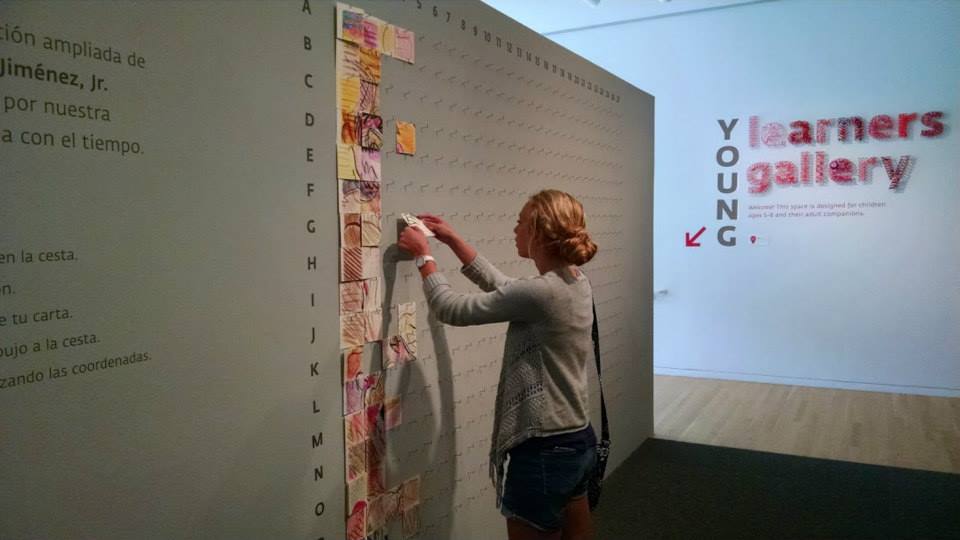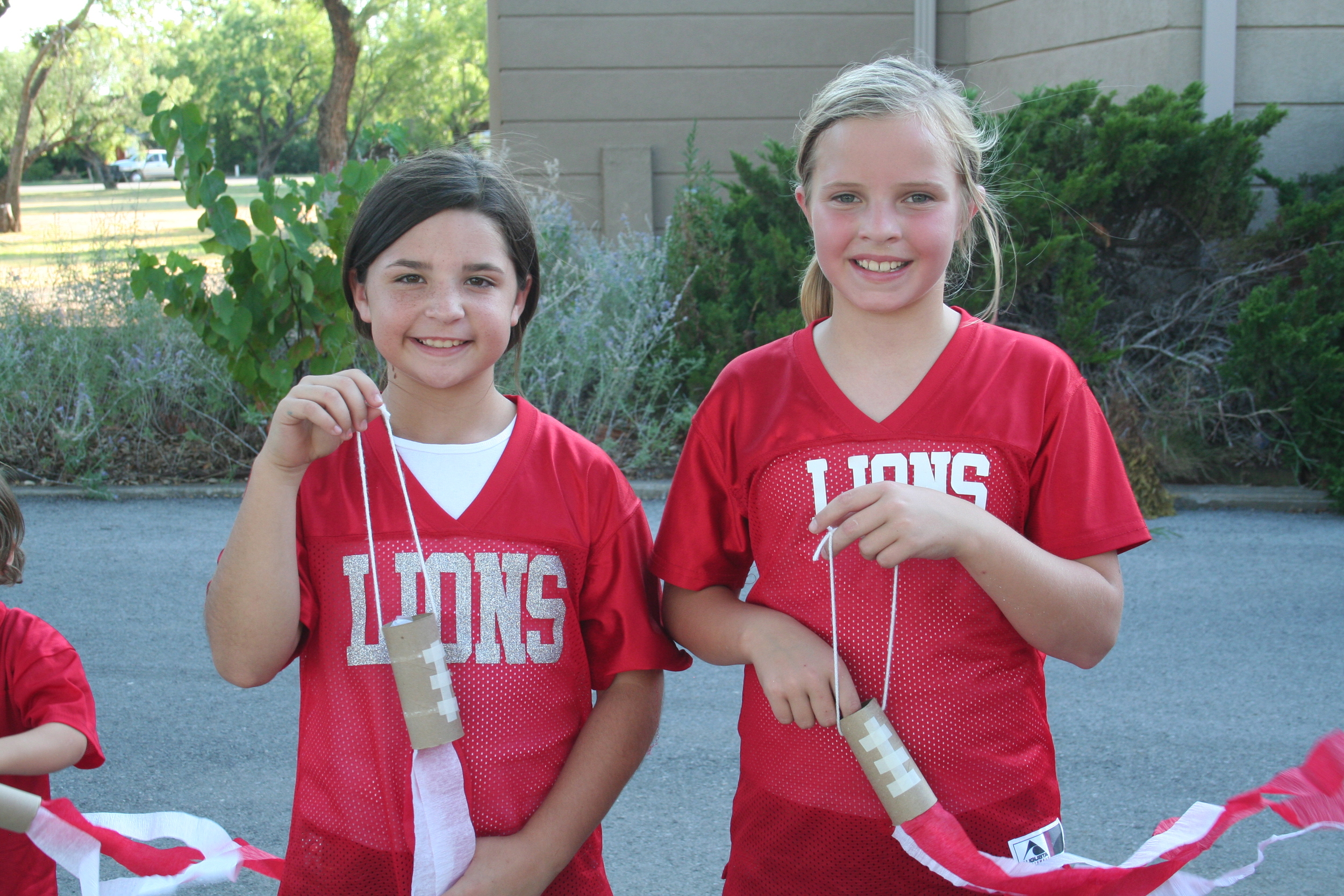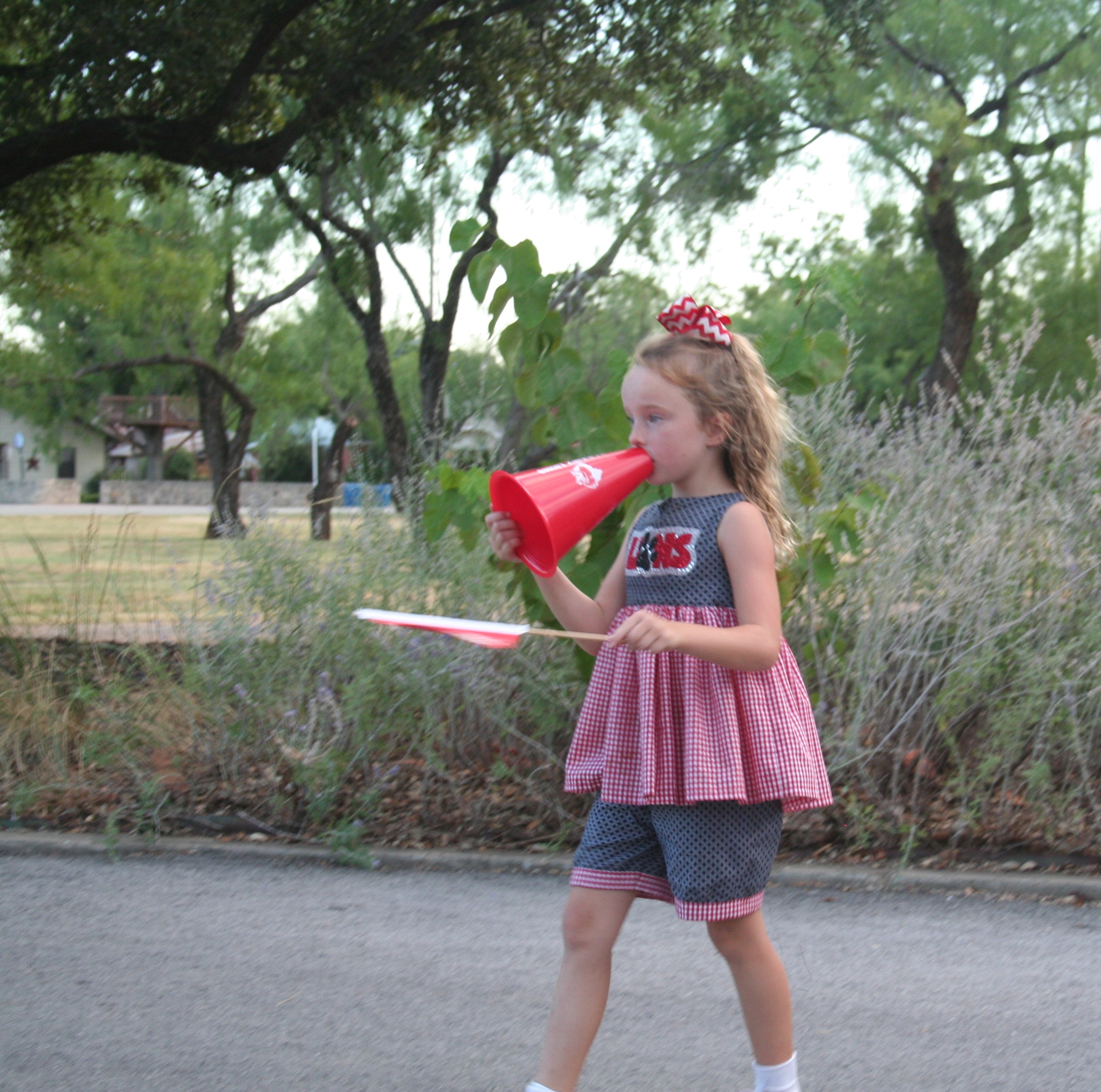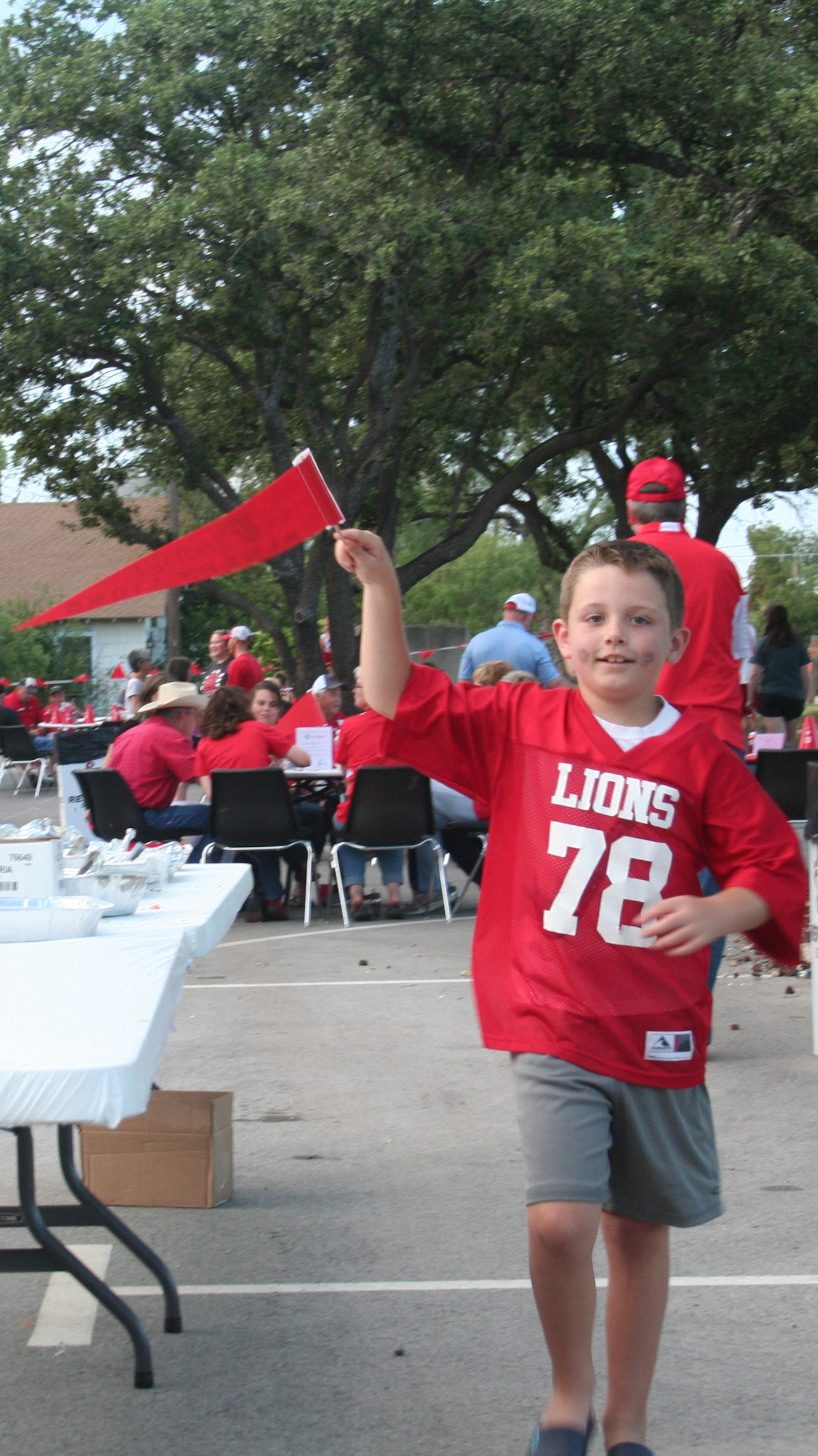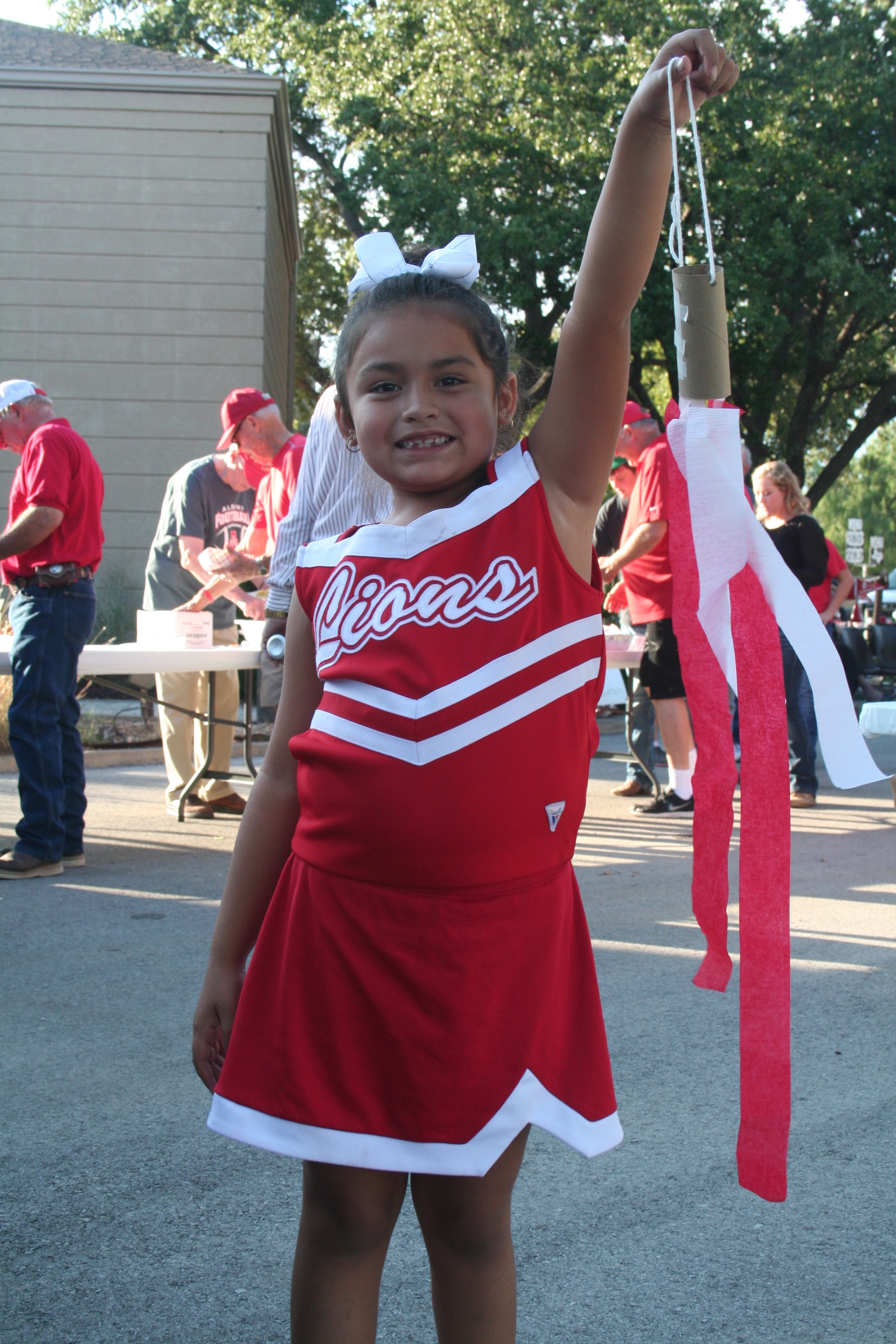The first public exhibition of my own art came when I was around six or seven years old. It was an October debut and the venue was eight windows of our garage in Lubbock, Texas. (Yes, it remained on my resume until recently.) The subject matter was Halloween scenes—haunted houses were my forte. These 8 ½ x 11 inch masterpieces of the macabre included ghost and goblins silhouetted in the windows, flying witches, and graveyards. (Oh, I was good at leafless trees with bats hanging from branches as well.) The opening was Halloween night; the only oversight was that it was too dark for my evening visitors to see my creations; they simply passed by on their way to our front door for free treats. Nothing has changed in the art world…viewers at openings bypass the art and head straight for the free food and drink.
This exhibition “venue” dilemma continues into adulthood for fellow artists and myself. Where to show the creations that we have thought hard to conceive and execute is problematic. (Why we want to share our creations in the first place is for another time.) For most artists—especially those in school, just out, or creating work that is conceptual or edgy—it’s next to impossible to find a commercial gallery to show the work and hopefully sell enough in order to break-even on materials. Forget making a profit. Showing at an established institution or museum is also difficult at this stage in a fledgling career and often for those who have been productive and active for many years. Artist Vernon Fisher once told us as students that you had to create or find your own opportunities to show your art… not excluding the local Dairy Queen.
Good artists are instinctively creative in finding opportunities and locations to show their work. The early European Modernists had similar issues and therefore created shows in their tiny apartments. Artists invited other artists’ friends to participate, then installed their art salon style throughout the space for a short duration. Today group popup shows are the same concept but installed in vacant commercial spaces or storefronts, usually just for one evening or short-term. Some rent art spaces intended for short month-long exhibits or join coops with the intent to utilize a common exhibition space. For all these exhibits/performances, artists have to do all the work of marketing, installing, manning the space, and everything in between. In short, the more creative the endeavor combined with quality work, catches the attention of those that write about art, gallerist, and curators. I’m leaving out a lot and simplifying for brevity, but that is the current way of the “glamorous” art world.
New on the horizon though is another opportunity for artists. Artists and art professionals, Cam Schoepp and Terri Thornton of Fort Worth, are near completion of Blind Alley. (Both Cam and Terri’s works are in the collection of OJAC.) It was conceived through a conversation that Terri had with a curator friend stating that curators (and I will add, most institutions) are not willing to go down a blind alley—reluctant to take chances or embrace failure as a natural part of the process.
Six years from conception to (near) completion, Schoepp designed and built a space that is “off grid, a drive-by vitrine, flexible to new technologies, nimble to new ideas, and able to be maintained, developed within our busy lives, and operated within our household economy.” Though small in stature (the interior space being 8 x 10 ft.), every aspect is carefully considered from its versatile space to its living roof of native prairie grass and stone gabion skin that flows into defining walls.
Blind Alley will allow artists the opportunity to present works within the space “without the pressure of ‘success’ or outside expectations” as Terri states. Rotating “exhibits” with an accompanying simple website (more for archiving past installations) will be aspects of this new and exciting space. (I hope to encounter many other Blind Alleys in the future.)
Soon “art seekers” will have another opportunity to see work of artists by simply making a one minute drive from the Fort Worth museums, park 20 feet from the Blind Alley and view work that one will unlikely see at any gallery or museum—no admission or parking issues either. Regardless if you deem it a success or failure it likely will be something you have never seen before…isn’t that something we always seek…discovering the new?
Patrick Kelly
(Note: Exact address of Blind Alley and website will be released when the project is up and running. Stay tuned.)












